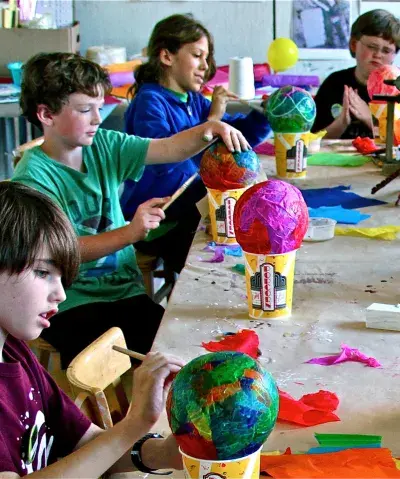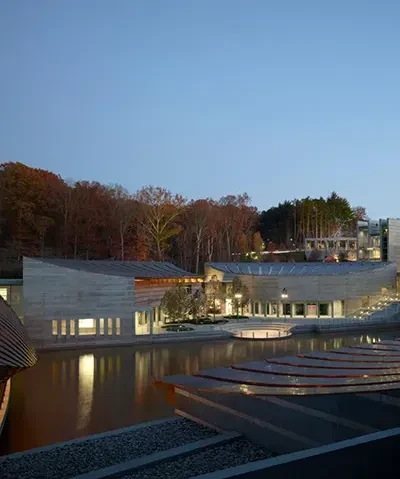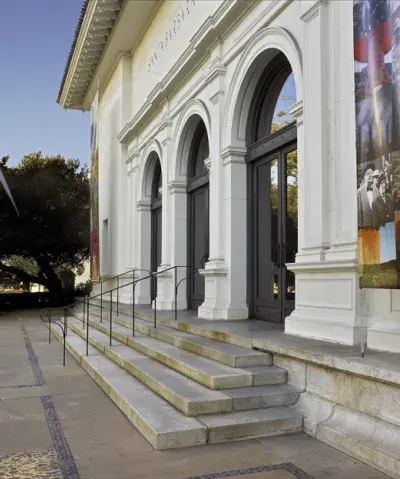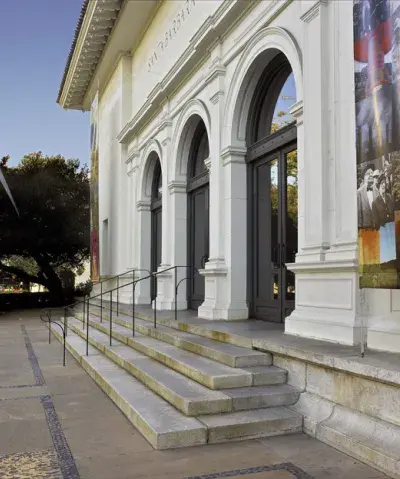OPEN TODAY
11 am – 5 pm
Letter Forms
The written word is usually used to explain or describe a work of art—but what happens when the words themselves become an image?
Vian Sora: Outerworlds
The Santa Barbara Museum of Art is pleased to announce Vian Sora: Outerworlds, a multi-venue mid-career survey of internationally renowned abstract painter Vian Sora (b. 1976, Baghdad). This exhibition will assemble approximately 20 of Sora’s major works, charting her growth as an artist over a period of seven years (2016–2023).
Proscenium: Elliott Hundley
Proscenium: Elliott Hundley, a mid-career solo exhibition, sets the scene. Sculptures and paintings are activated as dramatic devices, stages rife with an overabundance of sets, props, actors—though not necessarily proffering straightforward scripts.
Portraits Revealed
This exhibition features group and individual portraits from the Santa Barbara Museum of Art’s extensive collection. The essence of portraiture is that it depicts or alludes to a person or people. This exhibition presses on what counts as a portrait by including a few still-life paintings that use objects to suggest an unseen person or situation.
Math + Art
Geometry, numbers, and graphs are means to understand nature and help overcome our human inconsistencies and emotions. The artists in this exhibition, however, infuse these same tools with messiness, warmth, and humor, not to mention elegance and wonder.
Sea of Ice: Echoes of the European Romantic Era
Inspired by James Casebere’s photograph, Sea of Ice (2014), itself based on 19th-century German artist Caspar David Friedrich’s painting of the same name, this exhibition includes a variety of SBMA works and a major loaned video that reflect the Romantic era’s revolutionary emphasis on nature as a symbol of human feeling, sensation, and intuition.
Guides to Enlightenment: Tibetan Paintings from the Museum’s Collection
In Eichheim Gallery on the Upper Level, Guides to Enlightenment: Tibetan Paintings from the Museum's Collection showcases twelve paintings from the SBMA permanent collection ranging from 13th century ritual cards to a 20th century sand mandala, a cosmic diagram ‘painted’ with colored sand that represents the enlightened mind and acts as a divine palace.
Dario Robleto: The Signal
Dario Robleto: The Signal features the artist’s feature-length film Ancient Beacons Long for Notice (2024) and a selection of artworks that relate to his dazzlingly inventive mining of the history of science and technology.
Accretion
Like the pearl that forms from the accretion of materials over time, the works in this exhibition contain the aggregated experiences of the artists—women living and working in the States but with roots in Argentina, Colombia, Costa Rica, Cuba, Guatemala, Mexico and Peru.
Stillness
Simply installed in the Santa Barbara Museum of Art’s Photography Gallery, Stillness invites contemplation and introspection via a select and small group of beautifully composed and printed images.
In the Making: Contemporary Art at SBMA
Relevance is a common word these days for museums as they work to catch up with their audiences and the ever-changing world we live in, and one sure way to stay relevant is to acquire and display work by contemporary artists who are pushing the envelope with their ingenuity.
Friends and Lovers
Drawing on artworks in the SBMA collection and loans from artists, this exhibition explores art about LGTBQ+ friendship, companionship, solidarity, and desire.
Moving Pictures: Videos by Liliana Porter/Ana Tiscornia and Christian Marclay
Deceptively simple and far removed from the seamless computer generated images seen in commercial filmmaking, these two videos (on view for the first time at SBMA) re-orient the viewing experience into one more intimate, complex and even mysterious.
Stillness
Simply installed in the Santa Barbara Museum of Art’s Photography Gallery, Stillness invites contemplation and introspection via a select and small group of beautifully composed and printed images.
A Legacy of Giving: The Lady Leslie and Lord Paul Ridley-Tree Collection
This exhibition focuses on the Ridley-Tree’s gifts of primarily nineteenth-century British and French paintings.
Robert Rauschenberg Autobiography: Works from the Collection
This exhibition features all works by Rauschenberg in the Museum’s collection, including two ca. 1950 photographs, most of which are on view for the first time, including the monumental 1968 three-part Autobiography.
Made by Hand / Born Digital
The distinction between the digital and hand-made seems clear cut, but this exhibition examines artworks that blur this distinction. Yassi Mazandi’s torus-shaped sculpture Nine began its life as a hand thrown shape made on a potter’s wheel. It was then scanned, digitally manipulated, and printed.
Stillness
Simply installed in the Santa Barbara Museum of Art’s Photography Gallery, Stillness invites contemplation and introspection via a select and small group of beautifully composed and printed images.
Janna Ireland: True Story Index
Janna Ireland’s photographic practice is primarily concerned with the themes of family, home, and the expression of Black identity in American culture. In 2016, she began photographing structures designed by legendary Black architect Paul R. Williams. A collection of 250 of these photographs was published in the major 2020 monograph, Regarding Paul R.
Serenity and Revolution
This exhibition draws exclusively from the Museum’s collection and includes work by Eileen Agar, Gunther Gerzso, Käthe Kollwitz, Wifredo Lam, Henri Matisse, Joan Miró, José Clemente Orozco, Carlos Orozco Romero, Pablo Picasso, and Rufino Tamayo.
Inside/Outside
When visual artists make an image, they have to bring the inside outside by giving thoughts, fears, dreams, and life stories visible form. In this exhibition, each artwork has external signs telling about an inner world, whether real, fictional, or in-between.
From Copper Plate to Collotype: A Guide to the Technical History of Making Multiples
Drawing from the rich holdings of prints and 19th-early 20th century photographs in SBMA’s permanent collection, Copper Plate to Collotype makes visible the vibrant exchange between the two media.
The Human Presence: Photographs from the Collection
Since photography’s invention in 1839, photographers have attempted to reveal nothing less than the span of human experience. Spontaneously or deliberately composed, the photographs here demonstrate the camera’s all but unique ability to reflect, question, affirm, and sometimes revel in what it means to be present within a human form.
Shape, Ground, Shadow: The Photographs of Ellsworth Kelly
The first museum exhibition solely devoted to the photographs of renowned American abstract artist, Ellsworth Kelly (1923–2015), who used the camera to perceptively register his unique and acute perceptions of the everyday world.
Flowers on a River: The Art of Chinese Flower-and-Bird Painting, 1368–1911
Showcasing masterpieces of Chinese painting spanning 500 years, this exhibition marks the first showing of works traveling from China to the U.S. since the onset of the pandemic.
Stillness
Simply installed in the Santa Barbara Museum of Art’s Photography Gallery, Stillness invites contemplation and introspection via a select and small group of beautifully composed and printed images.
Thinking and Seeing Beyond the Lens: Conceptual Photography from the Collection
Drawing from the Santa Barbara Museum of Art’s permanent collection, this exhibition presents an illustrative selection of works by artists who have applied the framework of Conceptual art to the medium of photography.
The Private Universe of James Castle: Drawings from the William Louis-Dreyfus Foundation and James Castle Collection and Archive
With more than 90 works, this exhibition features many of the most beautiful and accomplished drawings created by the extraordinarily gifted, self-taught artist James Castle
WARES! Extraordinary Ceramics and the Ordinary Home
Earthenware. Stoneware. Kitchenware. Homeware. From ancient pottery for cooking and storage to modern decorative objects adorning the home, ceramics have a long, important history in domestic settings. This exhibition adds a contemporary twist to the association, with objects that signal an irreverent or even zany approach to the medium.
Stillness
Simply installed in the Santa Barbara Museum of Art’s Photography Gallery, Stillness invites contemplation and introspection via a select and small group of beautifully composed and printed images.
Lyonel Feininger/Andreas Feininger: The Modern Sea, The Modern City
This exhibition compares and contrasts the visions of Lyonel Feininger and his son Andreas Feininger—two artists who depicted similar elements of their different worlds in entirely different media, but with the same effect of uniquely contributing to the advance of 20th-century Modernism and its forms and ideas.
The Iconography of Dread: Symbolism to Surrealism
Featuring works from the turn of the last century by Fernand Khnopff, Alfred Kubin, Odilon Redon, and Félicien Rops, as well as the Italian surrealist Giorgio Manzu and his Russian contemporaries, Ossip Zadkine and Alexander Archipenko, this exhibition dwells on the dark side of humanity through a host of cruel but unforgettable imagery.
Scenes from a Marriage: Ed & Nancy Kienholz
Out of Joint: Joan Tanner
For over a decade, Joan Tanner has made room sized sculptures from plastic corrugated roofing sheets, re-bar, cast concrete, zip ties, drywall, c-clamps, safety netting, electrical conduit, joint compound, and plywood.
Stillness
A Time of Gifts: Six Years of Photographs Given to the Collection, 2016-2022
Featuring nearly 80 photographs by Robert Adams, Diane Arbus, Kwame Brathwaite, Nell Campbell, Awol Erizku, Janna Ireland, Aaron Siskind, and Hiroshi Sugimoto, among many artists, A Time of Gifts celebrates donors whose gifts of art and funds have allowed SBMA to add over 600 photographs to the collection since 2016.
For Opacity
Through opacity, portraiture can most fully and authentically represent the shadowy parts of a person, those hard-to-explain aspects that cannot otherwise be depicted in conventional ways.
The Architecture of Collage: Marshall Brown
This comprehensive presentation includes twenty-five artworks, including six recent acquisitions by SBMA, loans from the Museum of Contemporary Photography in Chicago, the Art Institute of Chicago, and a private collector.
Contemporary Gallery
Greco-Roman: Visions of Antiquity in 19th-Century Photography
This exhibition features the work of 19th-century photographers who sought to capture Europe’s Greco-Roman legacy, both in the countries of its origin and in modern monuments that adapted the visual style and aura of antiquity for reasons of political power and aesthetic legitimacy.
Going Global: Abstract Art at Mid-Century
Like the US dollar, air travel, and space satellites, abstract art encircled the globe or at least the capitalist West during the middle of the 20th century.
Mediated Nature
A riveting array of media works by Petra Cortright, Diana Thater and Wu Chi-Tsung (many in SBMA’s collection) represent how the contemporary experience of the natural world has been shaped and influenced by current media technologies.
The Lens of Architecture: Photography, Buildings, and Meaning
Featuring the work of 13 artists, this exhibition reveals an intriguing range of profound meanings that architecture can express when imaginatively captured by the photographic lens.
Through Vincent’s Eyes: Van Gogh and His Sources
Santi Visalli at 90: Una Storia
From the spontaneous and joyous to the posed and quiet, renowned photographer Santi Visalli’s portraits all relay a storia, an Italian word meaning tale, story, and history. This select exhibition features 29 perceptive portraits of well-known figures in the 1960s and 70s worlds of film, literature, art, music, and popular culture.
The Constructed Photograph
Joining painting, sculpture, and film elements, contemporary artists have pushed the boundaries of photography into new terrain, melding materials and photography to construct painterly or sculptural objects, or constructing tableaux meant to be photographed and then later dismantled.
Important Works on Paper from the Permanent Collection: New Selections
Highlights of American Art
Fire, Metal, Monument: Bronze
Facing Forward: Photographic Portraits from the Collection
This exhibition of 25 photographs from SBMA’s collection features the human face as its captivating subject. Artists include Kwame Brathwaite, Tseng Kwong-Chi, Genevieve Gaignard and Trude Fleischmann, whose work engages photography’s unique ability to suggest narrative, biography and psychology via the photographic portrait.
Inge Morath
One of the few women members of the renowned Magnum agency in early-1950s Paris, Austrian-born Inge Morath became a leading international photographer in the second half of the 20th century. This exhibition features 15 classic Morath images of people and places from a 1977 portfolio and her iconic vision of a llama in a Times Square car.
Small-Format American Paintings from the Permanent Collection
Highlights of the Permanent Collection
In celebration of the Santa Barbara Museum of Art’s 75th Anniversary in 2016, this installation highlights some of the most celebrated works of art from SBMA’s permanent collection, as well as several of the most exciting gifts and acquisitions in the areas of modern and contemporary art, photography, and the arts of Asia.
In the Meanwhile…Recent Acquisitions of Contemporary Art
This exhibition highlights recent acquisitions to SBMA's permanent collection of contemporary art.
Important Works on Paper from the Permanent Collection
Tatsuo Miyajima
The first solo U.S. museum exhibition of Japanese artist Tatsuo Miyajima’s art in over two decades, this captivating immersive presentation of four light-based works embodies this internationally renowned artist’s career-long philosophy: Keep Changing, Connect with Everything, Continue Forever.
Kehinde Wiley: Equestrian Portrait of Prince Tommaso of Savoy-Carignan
Kehinde Wiley’s monumental painting inspired by the history of equestrian portraiture takes over SBMA’s Park Entrance.
The Observable Universe: Visualizing the Cosmos in Art
Drawing primarily from SBMA's permanent collection and supplemented by loans from area collections, this exhibition explores a diverse range of artistic representations of the cosmos roughly coinciding with the 'Space Age' of the last sixty years.
Alfredo Ramos Martínez: On Paper
An intimate display of works on paper from SBMA's permanent collection, this exhibition showcases Alfredo Ramos Martínez's extraordinary draftsmanship and important contributions to Mexican Modernism.
Salt & Silver: Early Photography, 1840 – 1860
On the Road Again: Japan’s Tōkaidō in Prints and Paintings
Chris Kallmyer: Ensemble
A new multimedia installation by Los Angeles-based sound and performance artist, Chris Kallmyer, invites viewers to collectively make music.
Out of Storage and into the Light: Sculptures That Tell Stories
A Brilliant Spectrum: Recent Gifts of Color Photography
This exciting exhibition offers viewers an experience of color photographs by emerging and established artists, presenting with around 30 works a select traversal through the history of color photography from its origins as an accepted artistic tool in the 1960s and 70s, up to today’s most conceptually-driven practices.
Profound and Discreet Poetry: Photographs by Manuel Álvarez Bravo from the Collection
Illuminating the hidden peculiarities of everyday life, this installation of 13 photographs by Manuel Álvarez Bravo reveals how this internationally renowned photographer embraced European Cubism and Surrealism while maintaining a focus on Mexican subject matter such as religious rituals, agricultural scenes, and cityscapes.
April Street: The Mariners’ Grand Staircase (Armoured Stars, Flying Clouds)
Paths of Gold: Japanese Landscape and Narrative Paintings from the Collection
The malleable interior of traditional Japanese houses could be redecorated to suit particular purposes — at times adorning with glistening screens and objects of color and gold. This exhibition explores the aesthetics of these public and private interiors by featuring folding screens, scrolls, and examples of lacquerware.
Let it Snow! Paintings of Winter
In this installation of paintings, drawn exclusively from the permanent collection, a range of European and American artists employ various motifs in order to capture the picturesque effects of snowfall.
Fauvism to Fascism
The tumultuous period between the two World Wars is the backdrop for this intimately scaled and timely exhibition, which explores the little known relationship between modern art and totalitarianism in the work of the French Fauves, Maurice de Vlaminck (1876-1958) and André Derain (1880-1954).
Nam June Paik: TV Clock
Summer Nocturne: Works on Paper from the 1970s
Inspired by several large drawings in the Santa Barbara Museum of Art’s permanent collection, this exhibition demonstrates a variety of experimental practices during the 1970s and represents images and issues relevant to contemporary art and culture.
The Loyal League: Images from Japan’s Enduring Tale of Samurai Honor and Revenge
Crosscurrents: American and European Portrait Photographs, 1840-1900
Assembling striking works from the Santa Barbara Museum of Art’s distinguished collection, this exhibition reveals how photographic portraiture blossomed in the later six decades of the 19th century.
Crosscurrents: The Painted Portrait in America, Britain, and France, 1750-1850
Before the invention of photography, painted portraits were the most coveted means of commemorating important members of society. This exhibition, drawn exclusively from the permanent collection, explores American, British and French portraitists from the Colonial period through the Industrial Revolution.
Brought to Light: Revelatory Photographs in the Santa Barbara Museum of Art Collection
Drawn entirely from the Santa Barbara Museum of Art’s distinguished and growing collection, this extensive exhibition of over 100 photographs by approximately a dozen artists reveals unusual facets of the work of well-known artists, as well as new-to-the-collection photographs that will be on view for the very first time in the SBMA’s galleries.
Story-Telling: Narrative Paintings in Asian Art
Valeska Soares: Any Moment Now
Valeska Soares: Any Moment Now brings together forty-nine artworks, consisting of installation, sculpture, photography, and video, dating from the early 1990s to the present.
Sleep of Reason
British artist Yinka Shonibare's grand photograph The Sleep of Reason Produces Monsters (Asia) (2008) provided the inspiration for this installation of photographs that conjure up scenes of unease and the uncanny, which—despite our best efforts to rationally dispel them—can seem to surround us every day.
You Are Going On A Trip
You Are Going On A Trip brings together a selection of highlights from the Museum’s wide-ranging collection of Modern and Contemporary prints. Focusing on works produced between the 1940s and 1970s, the exhibition presents an eclectic array of works on paper created by artists from the United States and other countries around the world.
Rodin and His Legacy
A selection of bronze sculptures by Auguste Rodin (French, 1840-1917) and other artists who preceded and followed him.
Christian Marclay: Telephones
A landmark in the history of video art, Christian Marclay’s Telephones (1995) is an expertly edited sequence of black-and-white and color film clips featuring people dialing, answering, talking, listening on, and finally hanging up an assortment of telephones, all from the pre-smart phone era.
Carved Paper: The Art of the Japanese Stencil
Japanese paper stencils, or katagami, are the pattern-bearing tools used in a resist-dyeing textile process known as katazome. Despite their utilitarian role, katagami, with their striking patterns, have long captivated Western collectors and artists.
David Wiesner & The Art of Wordless Storytelling
David Wiesner (b. 1956) is one of the most highly acclaimed picture book artists in the world. Winner of the prestigious Caldecott Medal for Tuesday in 1992, The Three Pigs in 2002, and Flotsam in 2007, Wiesner is only the second person in the history of the award to have received it three times.
Judith Shea: Mid-Life Venus
Inspired by an affirmation of the classical, employing the space that traditionally houses SBMA’s Wright Ludington/Lansdowne Collection of Greco-Roman antiquities (currently on view at the Getty Center), and extending the celebration of SBMA’s 75th anniversary, Judith Shea’s iconic Mid-Life Venus was recently installed in Ludington Court, where it will remain through winter.
Untitled: Drawing from the Schorr Collection
A diverse selection of works on paper by contemporary artists who rose to prominence in emerging Los Angeles galleries in the early 1990s through the mid-2000s. Featuring Ingrid Calame, David Korty, Aaron Morse, Jon Pylypchuk, Dario Robleto, Thomas Scheibitz, Jeni Spota, and others.
Cecil Beaton’s "London’s Honourable Scars": Photographs of the Blitz
Adjacent to the British Art from Whistler to World War II exhibition, is a series of dramatic World War II photographs by Sir Cecil Beaton (1904–1980).
British Art from Whistler to World War II
Curated by art historian Peyton Skipwith and drawn entirely from the permanent collection of the Santa Barbara Museum of Art, this selection of some 50 paintings, drawings, and sculptures presents an overview of British art from around 1890 through 1945.
Seven Doors: Jan Tichy and the Chiaroscuro of Art Museum Collecting
In this unique presentation, artist Jan Tichy (b. 1974, Czech, resides in Chicago) has devised a special installation in direct response to the Museum’s current position in its 75-year history―on the brink of a transformative renovation, with the vibration and sound of concrete demolition palpable.
Puja and Piety
This exhibition celebrates the complexity of South Asian representation and iconography by examining the relationship between aesthetic expression and the devotional practice, or puja, in the three native religions of the Indian subcontinent.
Lewis deSoto: Paranirvana (Self-Portrait)
Commissioned by SBMA and presented in the Museum’s historic Ludington Court, this installation represents the most recent work in a series of oversize, inflatable sculptures by the artist based on the figure of the 12th-century Buddha at Gal Vihara in Sri Lanka.
Looking In, Looking Out: Latin American Photography
This exhibition, drawn from the permanent collection of the Santa Barbara Museum of Art, highlights works by Latin American photographers, or artists who have adopted it as home, so that those from outside the region may look into the lives of Latin America.
Interventions: Cayetano Ferrer
This site-specific installation reveals the artist’s ongoing investigation into what he calls object prosthetics – the reconstruction of broken remains using a variety of conceptual and technological methods.
Geometry of the Absurd: Recent Paintings by Peter Halley
Using distinctive materials including Day-Glo acrylics and Roll-a-Tex, Peter Halley’s paintings present variations of geometric forms that he and others have designated as prisons, cells, and conduits.
Piranesi: Architecture of the Imagination
A selection of etchings by Venetian-born printmaker Giovanni Battista Piranesi reveal the architecture of his ambitious imagination – evoking its spectacular sublimity – and elicit awe in and passion for the architectural traditions of Rome.
Degas to Chagall: Important Loans from the Armand Hammer Foundation
Featuring paintings from The Armand Hammer Foundation that complement works from the Museum’s collection, this exhibition presents a representative overview of French Impressionism and Post-Impressionism with a nod to the schools of Barbizon and Romanticism that prepared the way.
Visions of Modernity
Visions of Modernity, presented in a series of rotations, explores the creative process of printmaking in the first half of the 20th century in Japan.
The Visionary Photomontages of Herbert Bayer, 1929-1936
Twelve photomontages by Bauhaus artist Herbert Bayer grapple with memory and the dilemmas posed by individuality and national identity to recover some of the wonder – and dread – of the rapidly shifting dynamics of modern German history.
The Paintings of Moholy-Nagy: The Shape of Things to Come
Organized by guest curator Joyce Tsai and Chief Curator and Asst. Director Eik Kahng, this is the first monographic exhibition of Bauhaus artist László Moholy-Nagy to explore how the practice of painting served as the means for the artist to imagine generative relationships of art and technology.
Ray Strong: Beyond Santa Barbara
Ray Strong: Beyond Santa Barbara highlights a selection of works by esteemed artist Ray Strong (1905 – 2006) from the collection of the Santa Barbara Museum of Art (SBMA).
Botticelli, Titian, and Beyond: Masterpieces of Italian Painting from Glasgow Museums
On view in this exhibition, one of the best collections of Italian painting in the world, with 50 works spanning 500 years of Italian art history, offers a unique opportunity to learn firsthand what made the Italian Renaissance a gold standard for artistic excellence.
Art to Zoo: Exploring Animal Natures
This exhibition of photographs, drawn from the permanent collection, looks beyond the immediate allure of adorable animals, to explore the dimensions of animal characteristics and knowledge.
Contemporary/Modern: Selections from the Permanent Collection
This exhibition brings together a selection of painting and sculpture from the Museum’s permanent collection dating from 1958 to 2014. Recent works inventively reference and reinterpret the past – including both popular and obscure forms of painting, architecture, and design.
Daumier Reveals All
Following on the heels of Daumier's Salon: A Human Comedy, curated by former SBMA exhibition intern Elizabeth Saari Browne, Daumier Reveals All: Inside the Artist's Studio presents another selection of lithographs by Honoré Daumier (1808–1879) that provides an inside look into the 19th-century Parisian art world.
Daumier’s Salon: A Human Comedy
Left Coast: Recent Acquisitions of Contemporary Art
The exhibition is comprised of works from artists in various stages of their careers, ranging from emerging to established, and regionally to internationally recognized.
Living in the Timeless: Drawings by Beatrice Wood
This exhibition examines the lesser known yet foundational role of drawing in the artist’s work, which she continued to develop over the next eight decades.
Heavenly Bodies
This exhibition of over sixty images, largely drawn from the permanent collection, continues the exploration of the intersections of art and science, begun in 1967 when the Santa Barbara Museum of Art presented Once Invisible.
Michelle Stuart: Drawn from Nature
Spanning the period from the late 1960s to the present day, this exhibition presents the work of an artist who radically combined site-specific earthworks with the medium of drawing. Michelle Stuart has become internationally known for a rich and diverse body of work engendered by her lifelong interest in the natural world and the cosmos.
Alice Aycock Drawings: Some Stories Are Worth Repeating
This exhibition is the first comprehensive exploration of this vital aspect of the renowned sculptor’s creative process.
Religious Images of the Christian East
Portraits of Jesus Christ, His mother and His saints invoke the presence of God, to whom every Christian prayer is addressed. Before the Reformation, such images were habitually used by believers all over Europe, both in church and in private. The custom of painting them on wood originated in present-day Egypt, Syria and Turkey, later spreading from there to Italy and further north.
Delacroix and the Matter of Finish
This important and beautiful international loan exhibition, organized by SBMA Deputy Director and Chief Curator, Eik Kahng, marks the first presentation of the celebrated French artist Eugène Delacroix (1798–1863) in the United States in over a decade, and the first major monographic show devoted to the Romantic artist on the West Coast.
Totally 80s: Gifts to the Permanent Collection
Un/Natural Color
This exhibition looks at the powerful relationship between color and memory by considering photographs and the ways in which their unique color palettes evoke specific moments of the historical past.
Labour and Wait
This exhibition features the work of artists who bring 21st-century urgency to 19th-century principles of virtue through work and craftsmanship. Inspired in part by developments that stem back as far as the Industrial Revolution, the presentation examines contemporary culture’s obsession with authenticity, the hand-crafted, and the politics of manufacturing and labor.
California Dreaming: Plein-Air Painting from San Francisco to San Diego
This exhibition presents a selection of early modern paintings that celebrate the topography of California. By the end of the 19th century, landscape painting had become the primary vehicle for depicting national identity in American art.
The Artful Recluse: Painting, Poetry, and Politics in 17th-Century China
This World Is Not My Home: Danny Lyon Photographs
This exhibition of more than 50 photographs and photographic montages, drawn from the artist’s studio and the Menil collection and spanning the period 1962 to the present, traces the fascinating and wide-ranging evolution of the career of New York- and New Mexico-based Danny Lyon.
Myth and Materiality: Latin American Art from the Permanent Collection, 1930-1990
Showcasing the Museum’s significant collection of 20th-century Latin American art, this exhibition examines the multifaceted art produced in Latin America during this dynamic 60-year period. The presentation features a diverse selection of more than 60 paintings, sculptures, works on paper, and photography from the permanent collection and selected private collections.
Scenery, Story, Spirit: American Painting and Sculpture from the Santa Barbara Museum of Art
Between the 1830s and the end of the First World War, American art came into its own. From the majestic Hudson River School paintings of Thomas Cole, John Kensett, and Albert Bierstadt to the gritty urban realism of Robert Henri and John Sloan, this presentation draws on the rich holdings of American paintings and sculptures in the collection of the Santa Barbara Museum of Art.
Pasadena to Santa Barbara: A Selected History of Art in Southern California, 1951 – 1969
Picasso and Braque: The Cubist Experiment, 1910-1912
Ori Gersht: Lost in Time
Ori Gersht depicts scenes of natural beauty that perceptively disguise and reveal a history of violence. Featuring selections from a trilogy of works based on 17th-, 18th-, and 19th-century European still-life painting, and two new series based on Japanese history and scenery, Ori Gersht: Lost in Time represents five years of recent work by the artist.
Charles Garabedian: A Retrospective
In a sweeping career of nearly 50 years, and an impressive array of grand narrative paintings, Charles Garabedian (born 1923) has recreated the epic poetry that he has long admired.
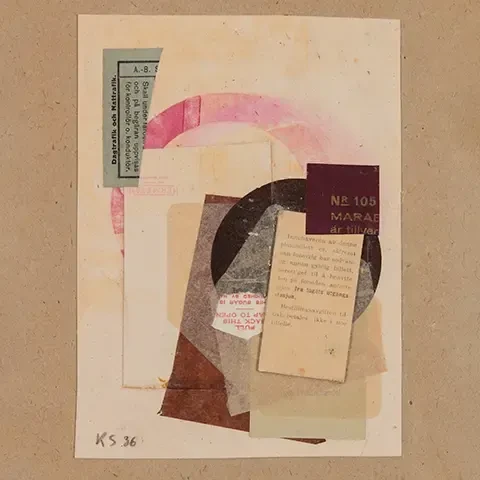
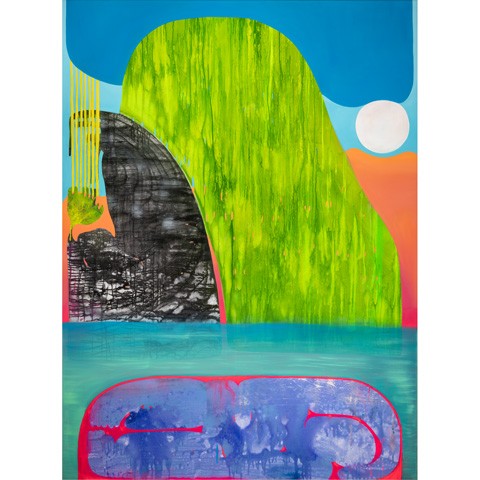
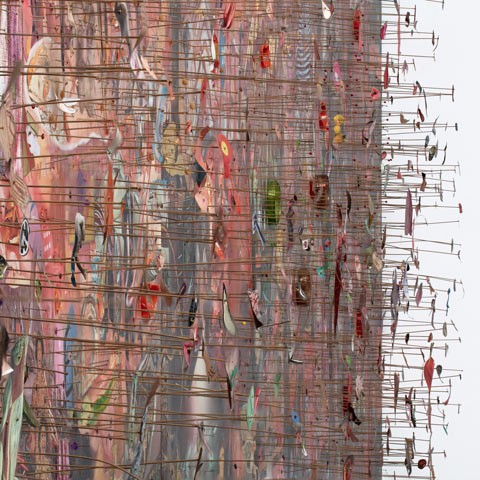
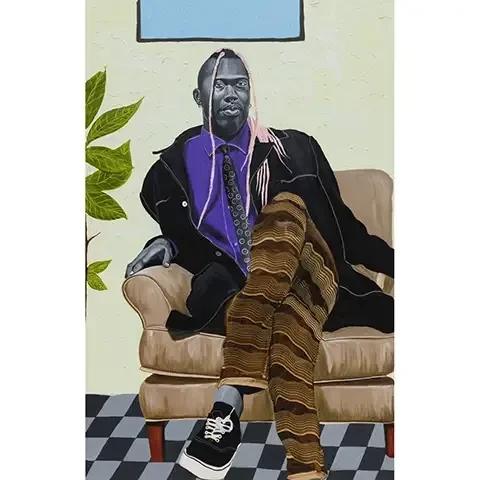
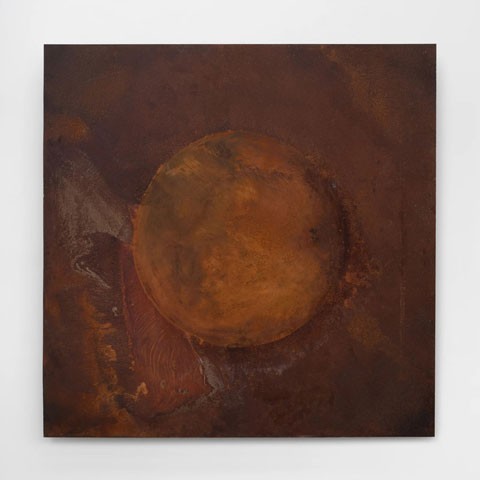
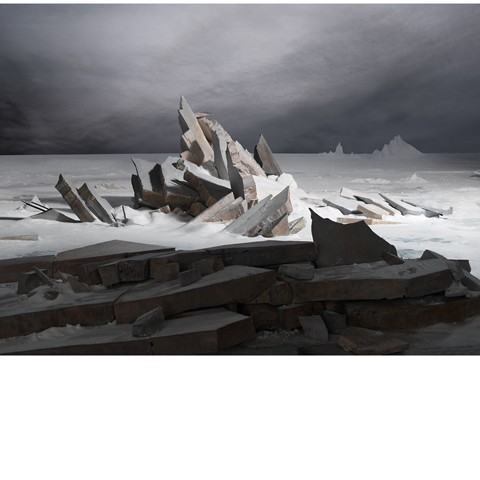
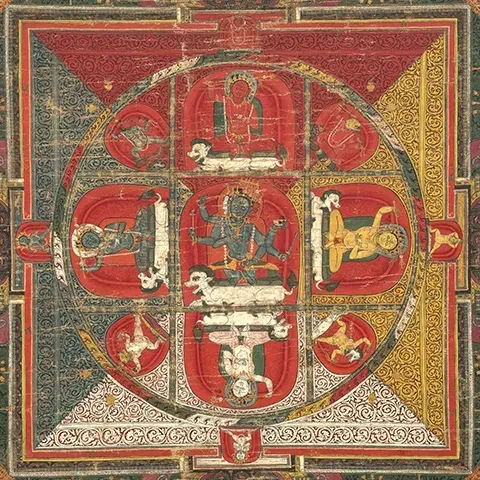
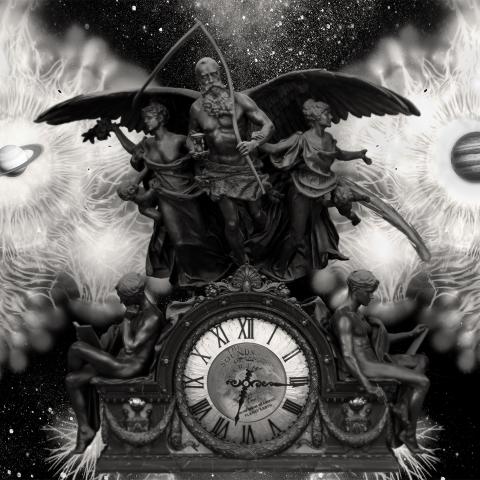
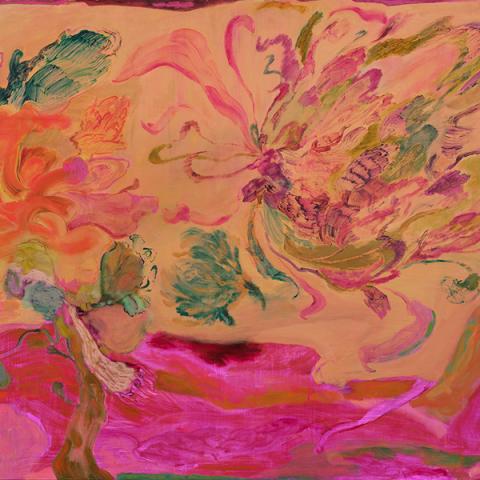
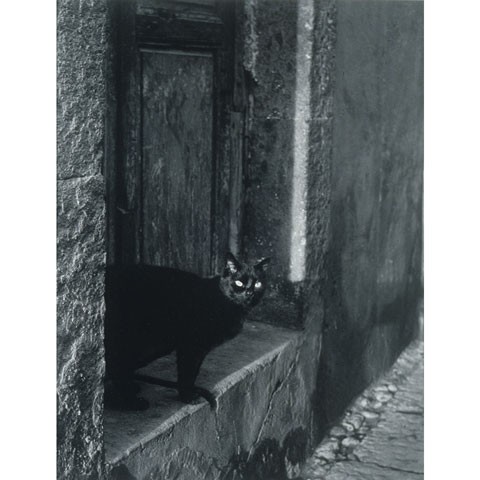
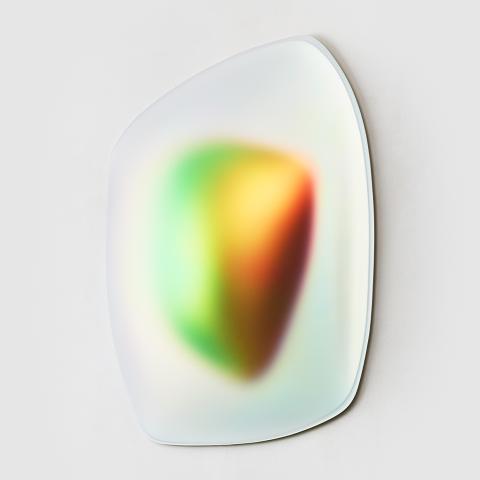
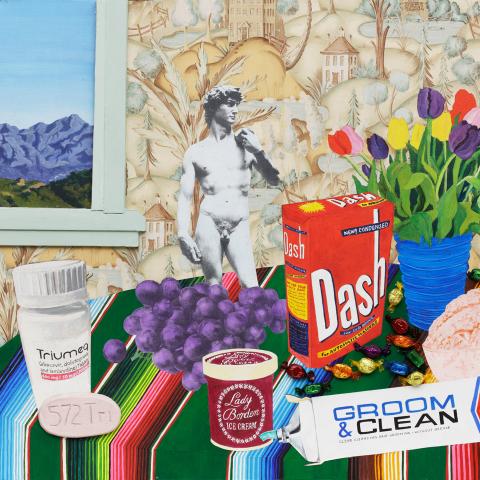
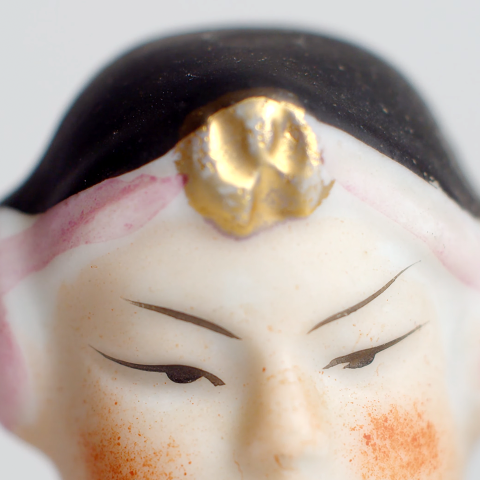
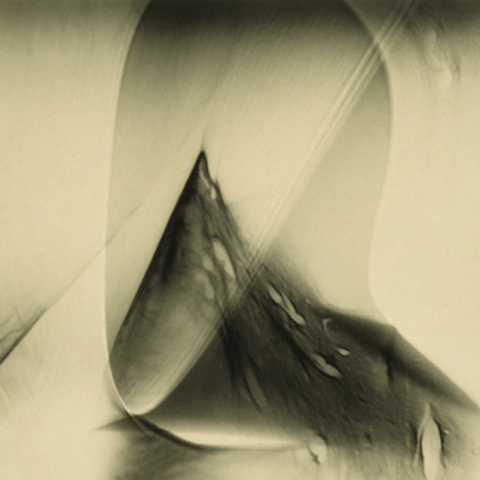
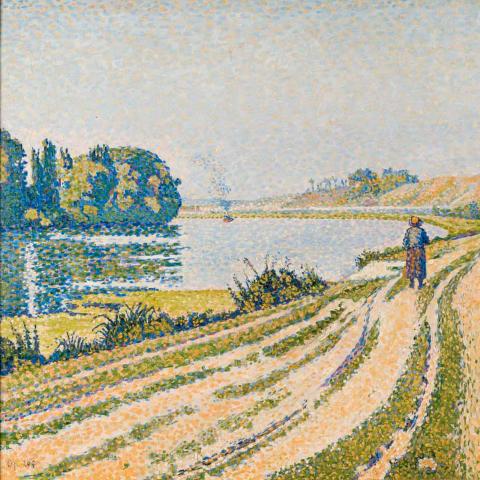
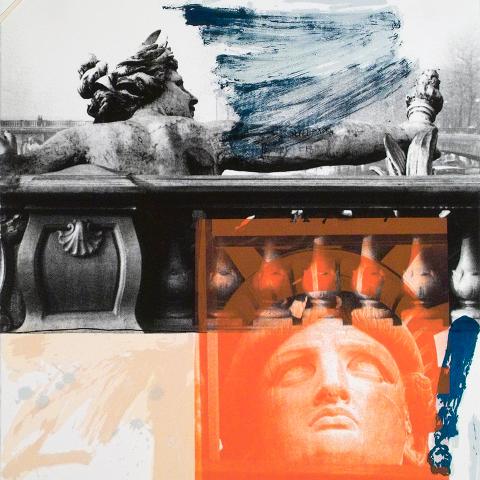
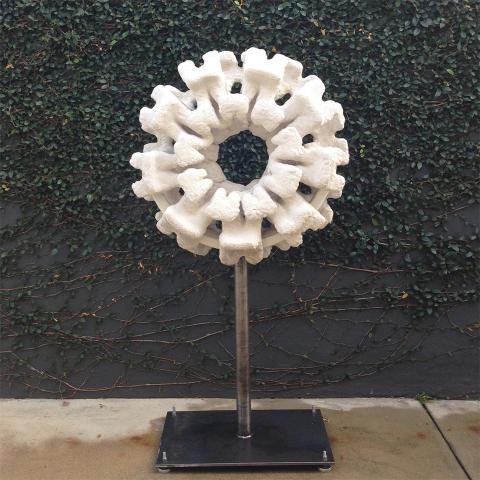
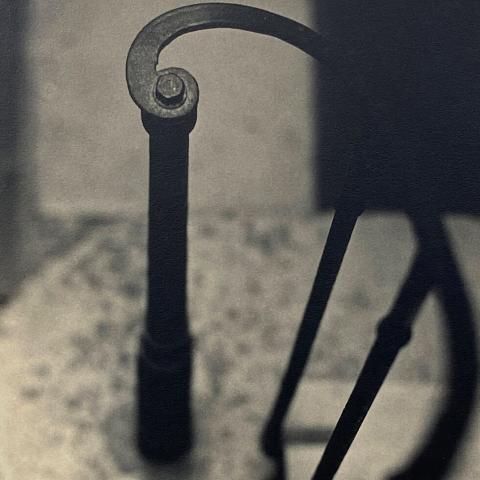
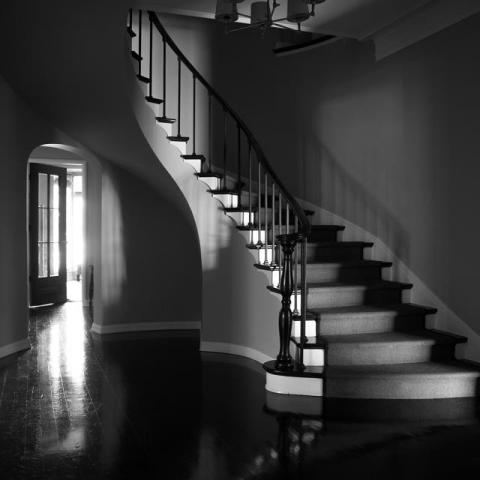
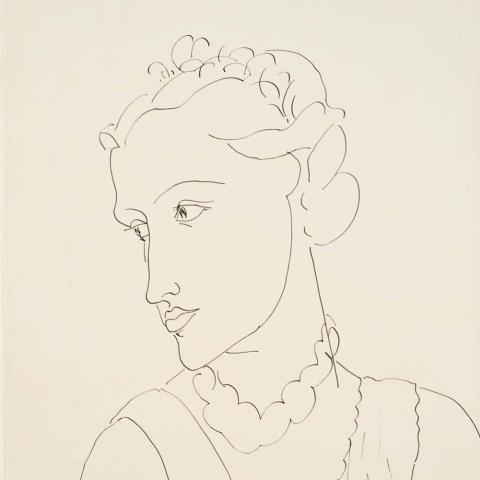
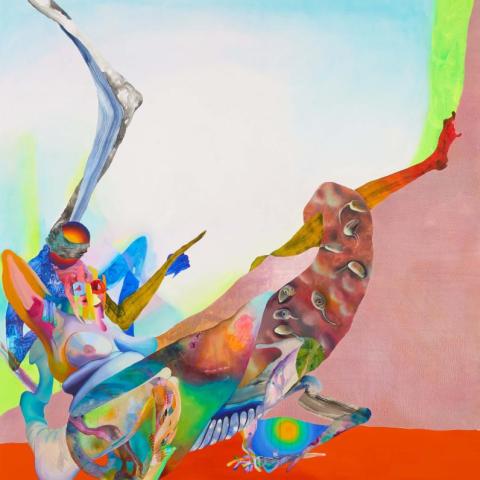
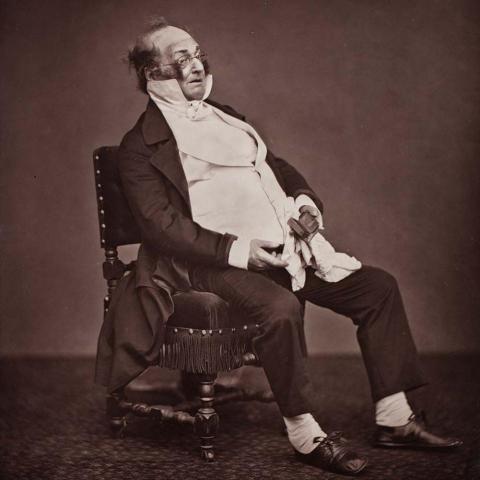
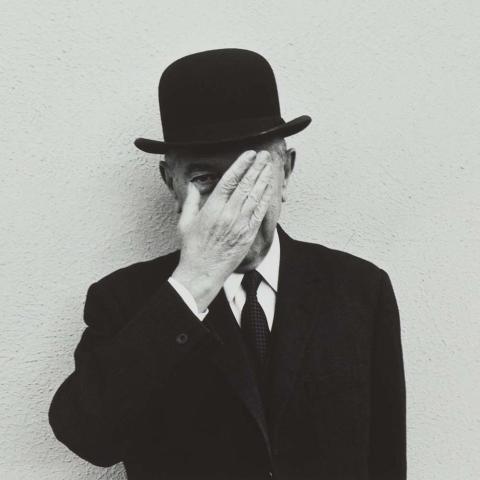
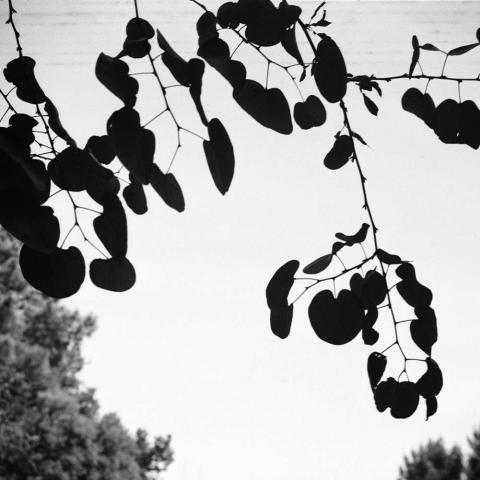
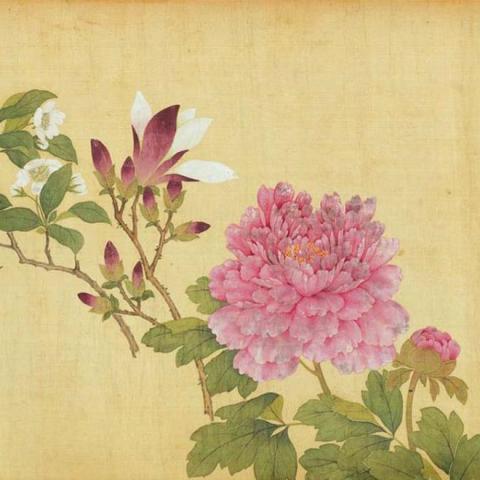
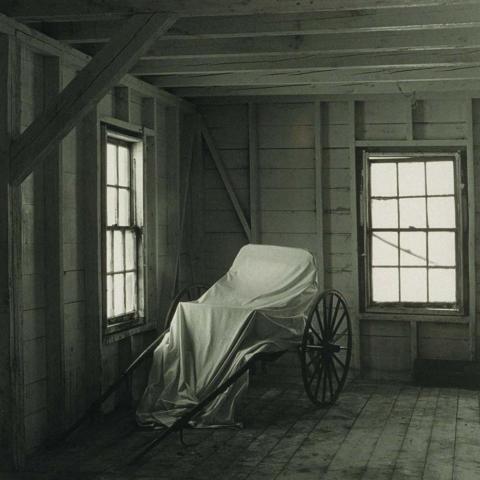
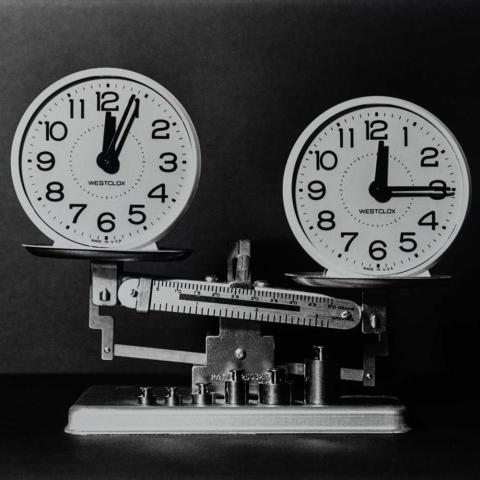
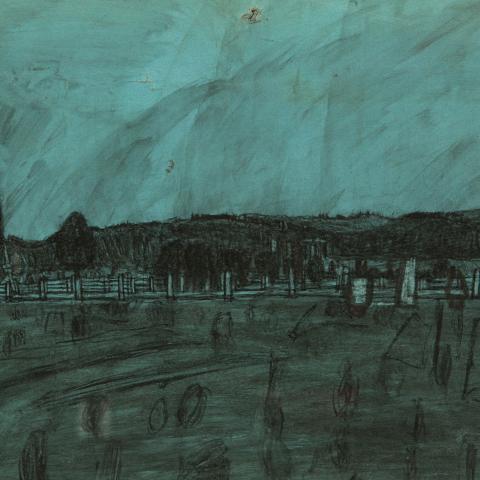
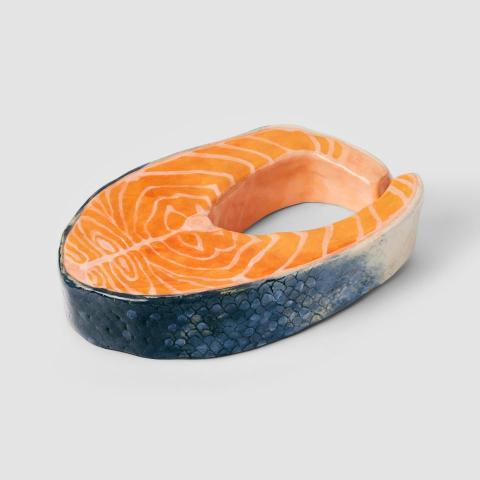
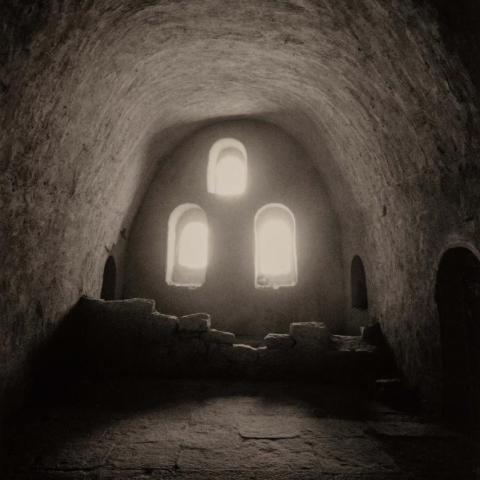
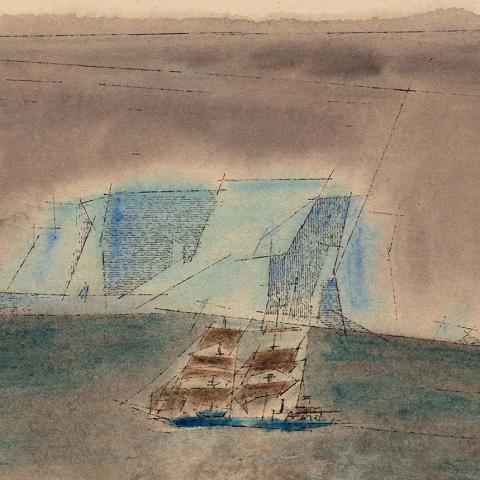
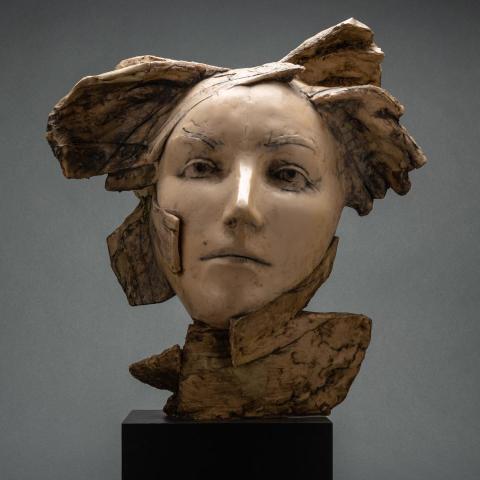
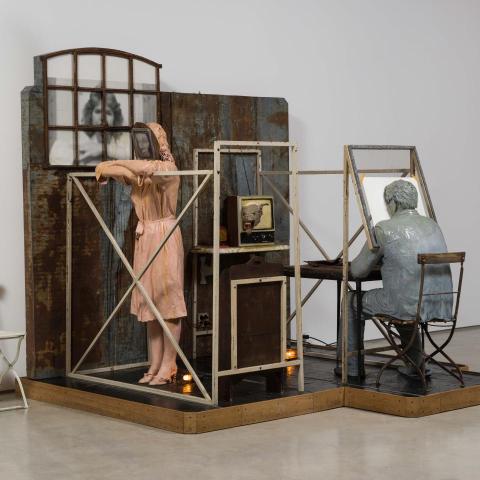
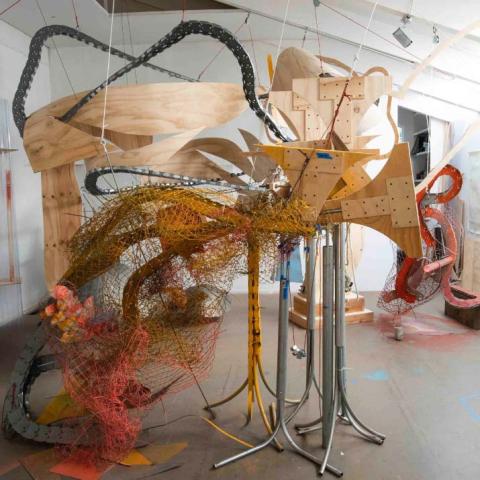
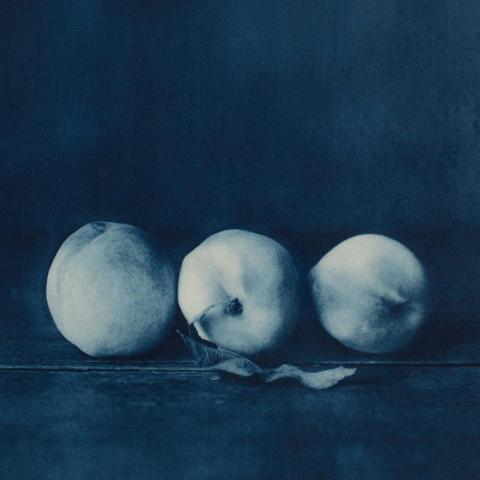
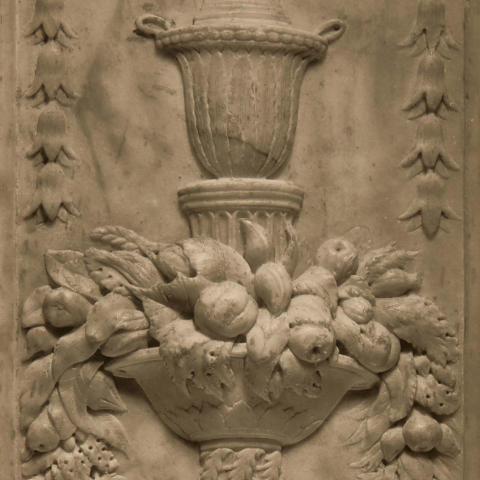
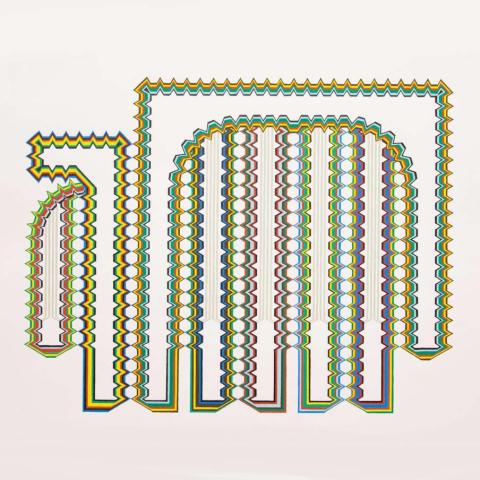

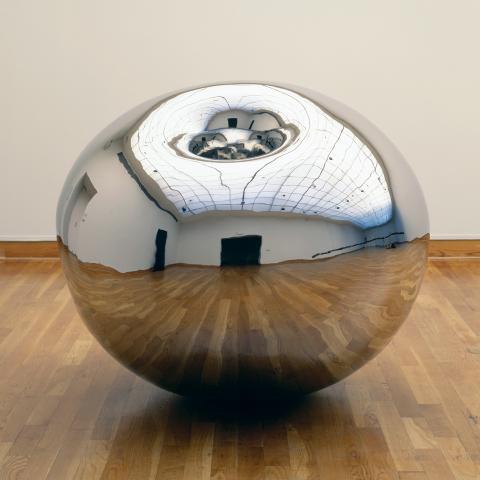
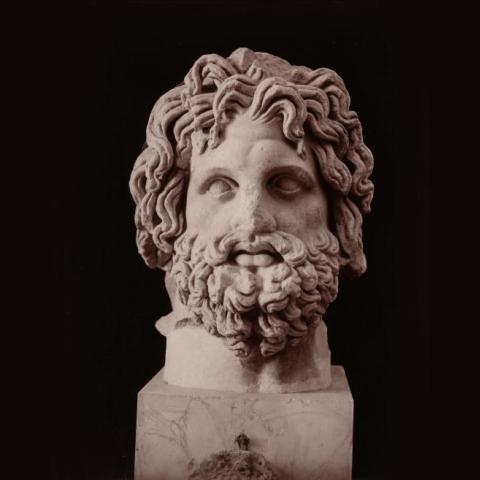

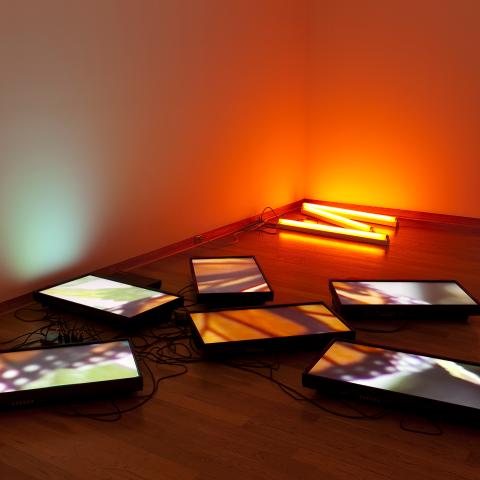

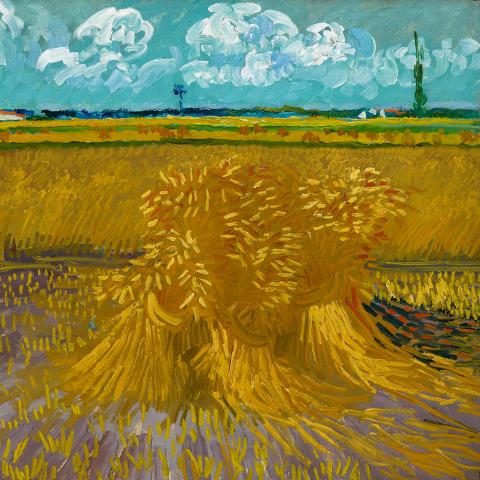
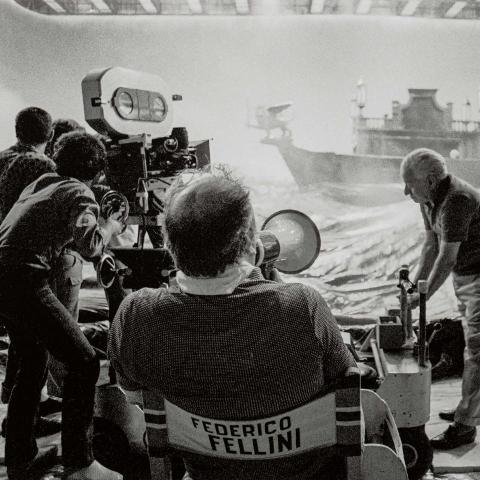
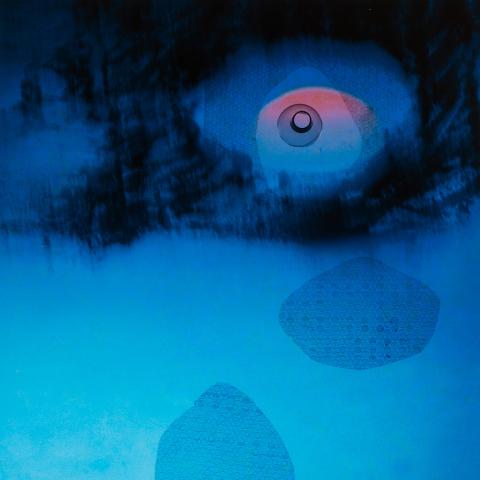
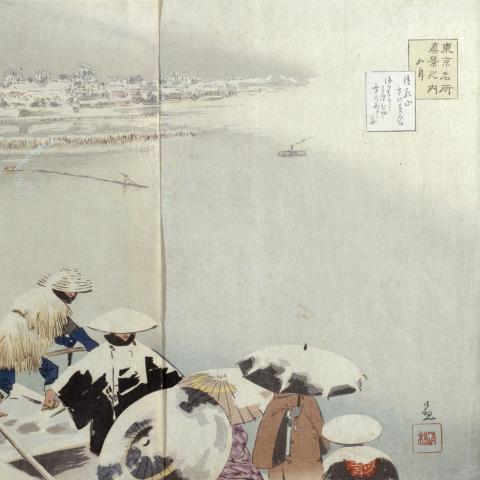
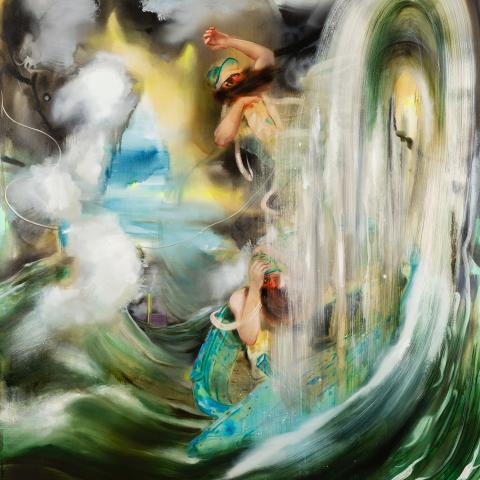
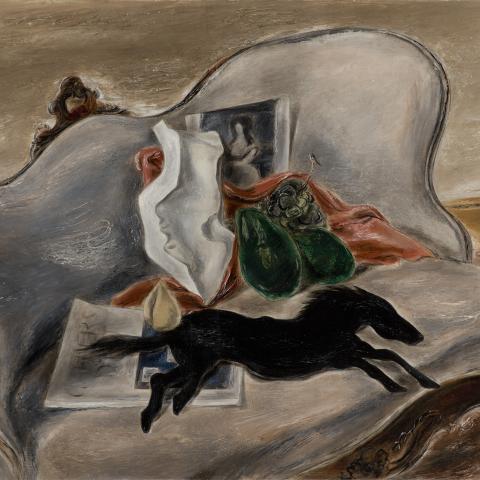
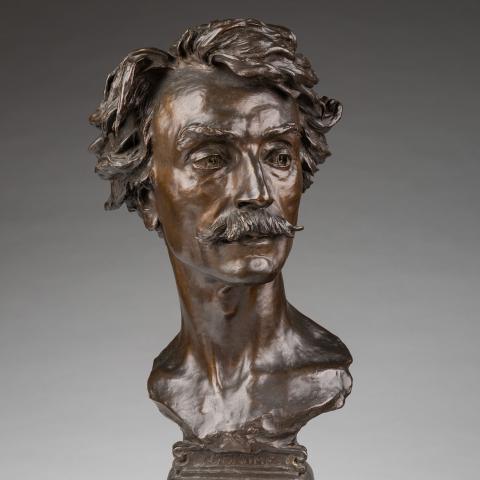
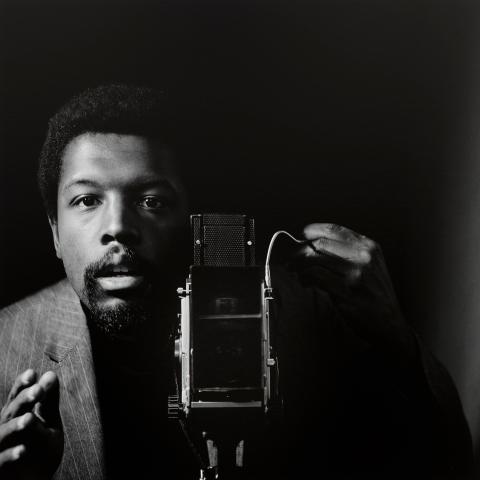
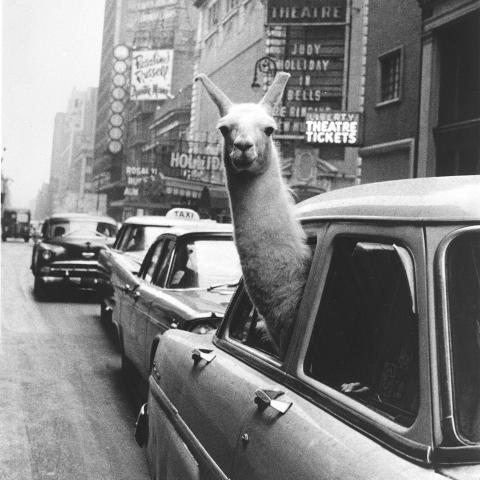
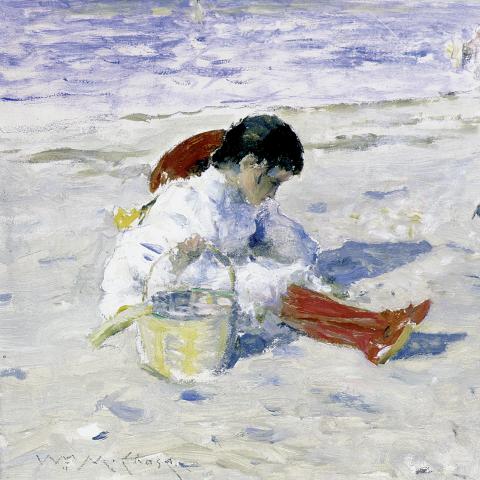
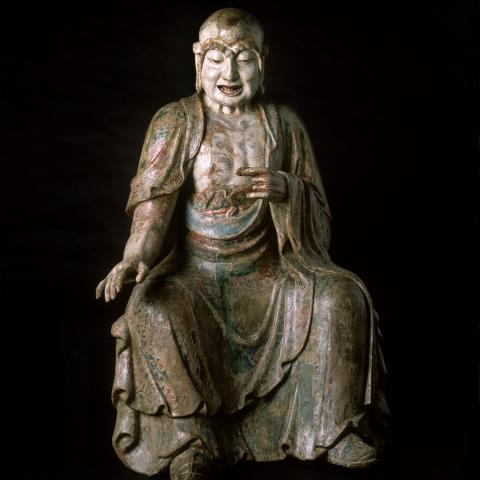

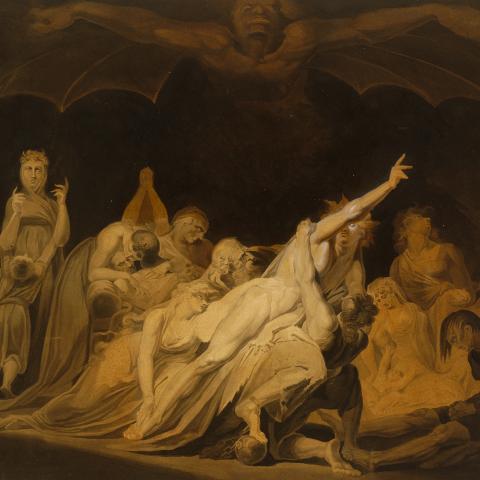
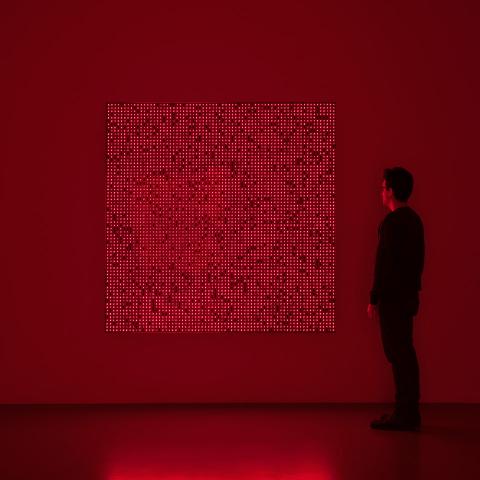
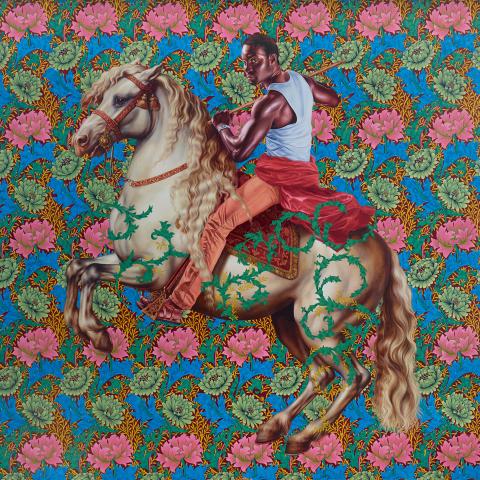

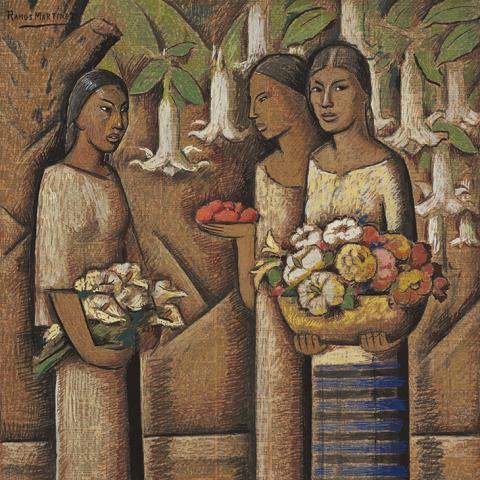
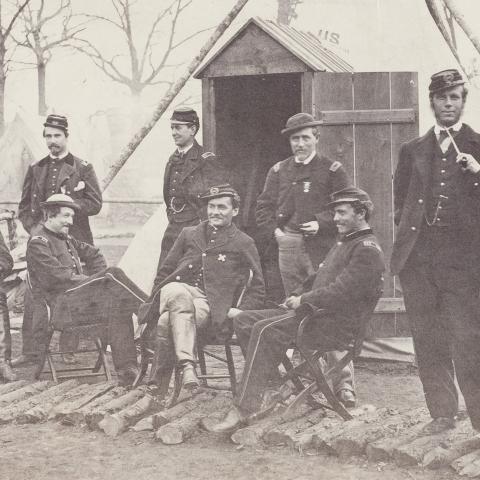
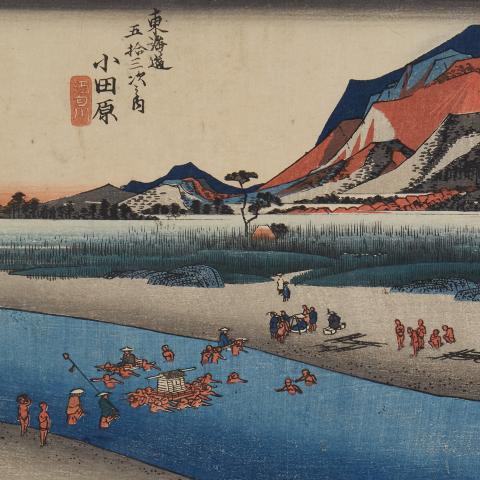
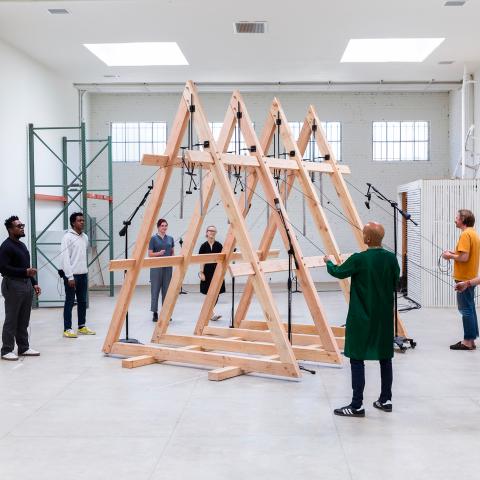
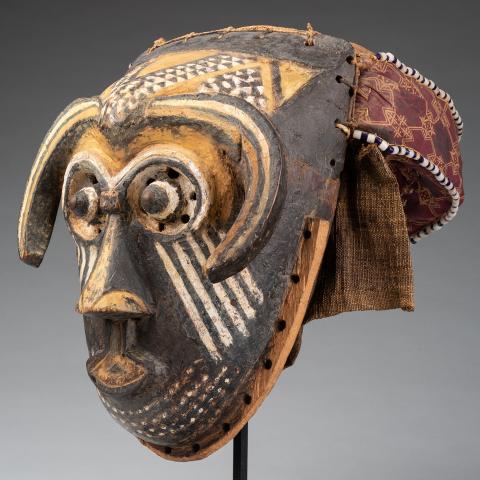
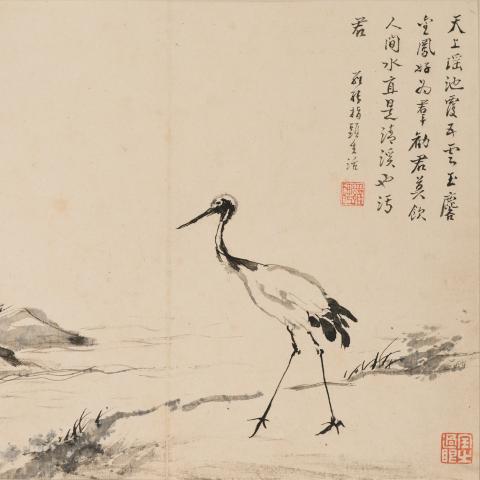
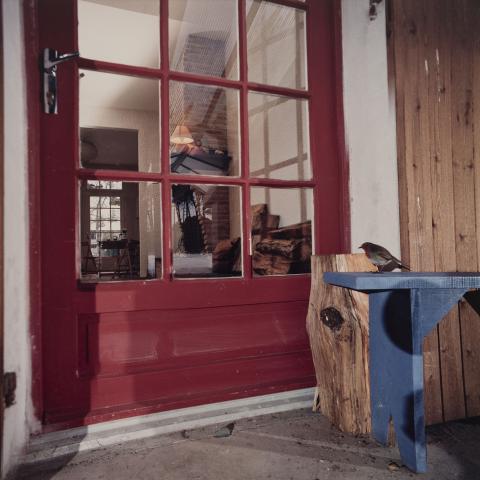
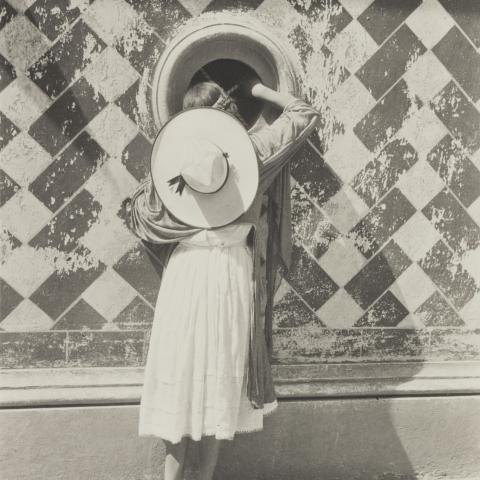

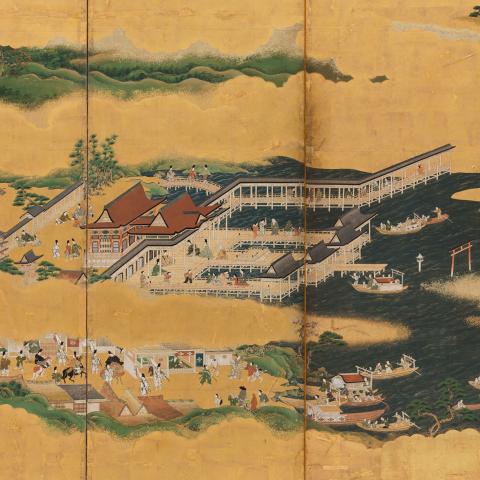

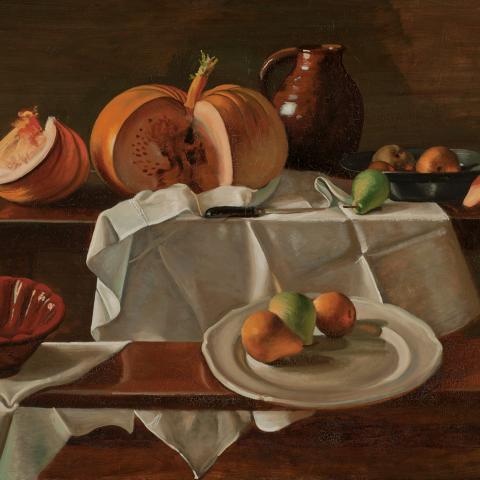
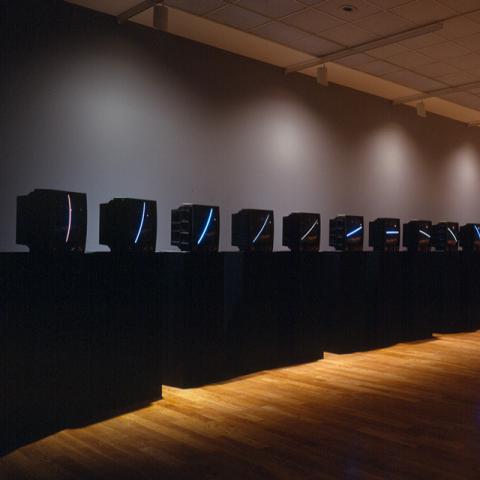
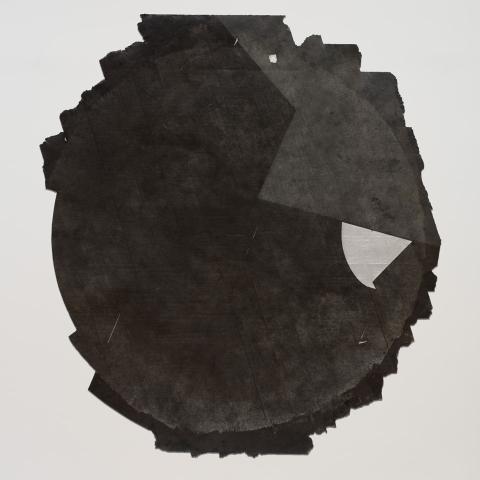
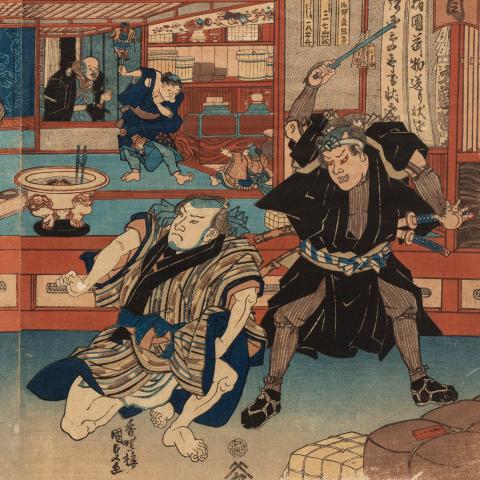
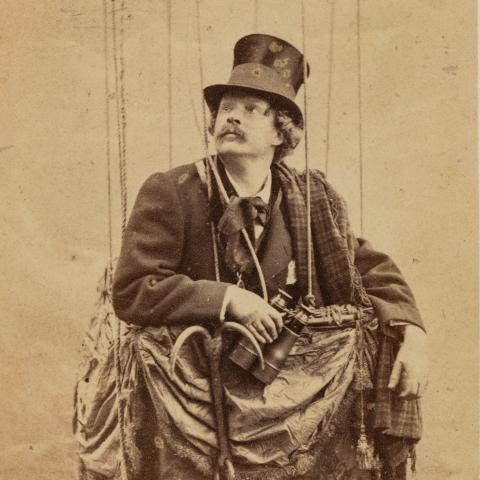
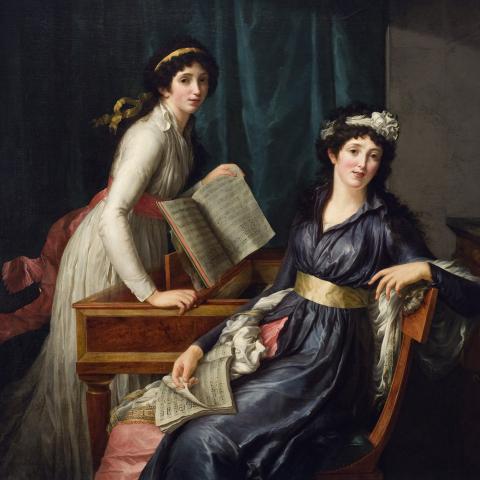

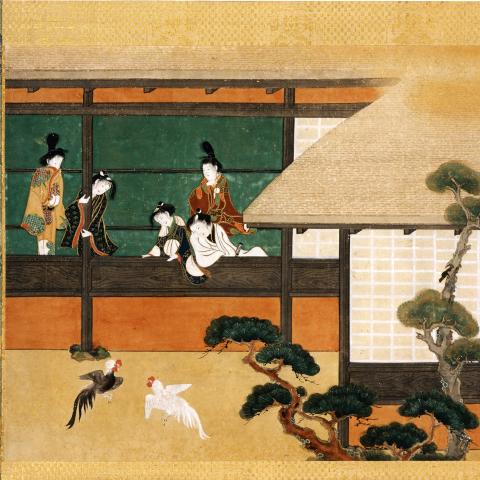
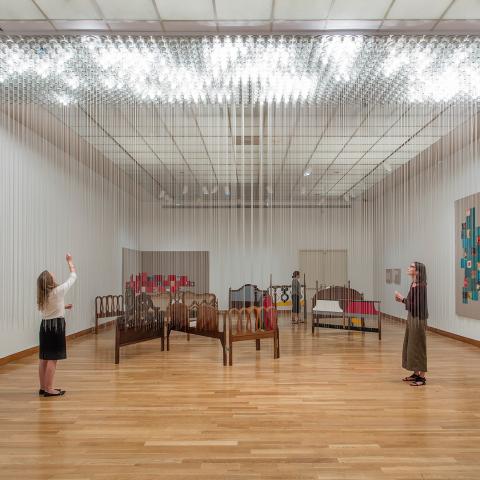
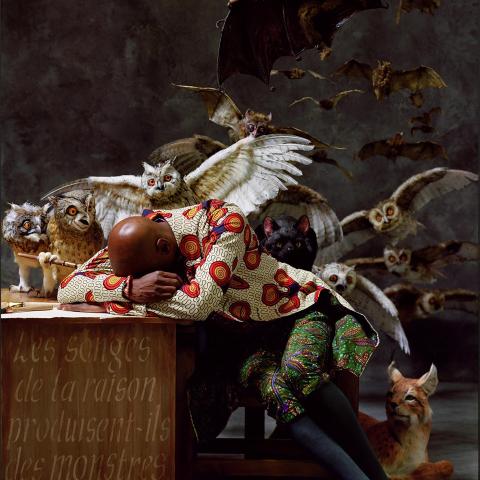

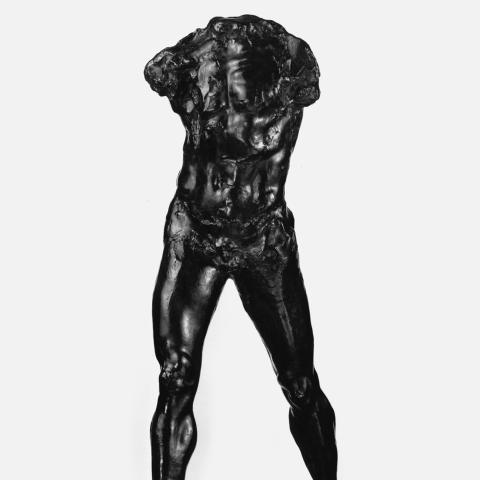

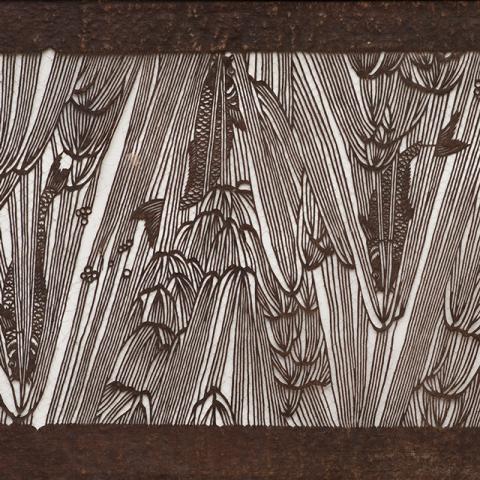

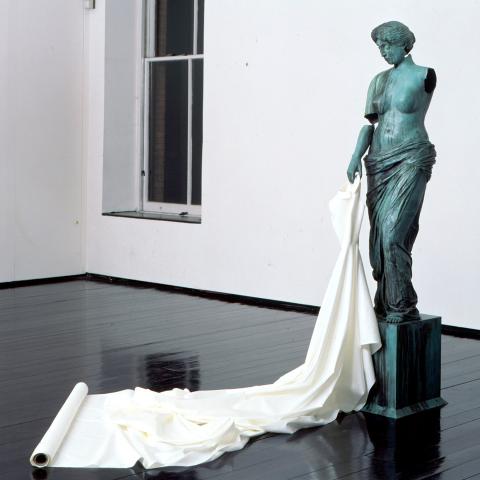
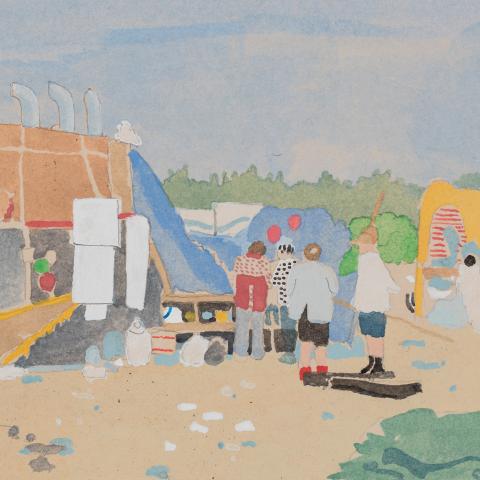
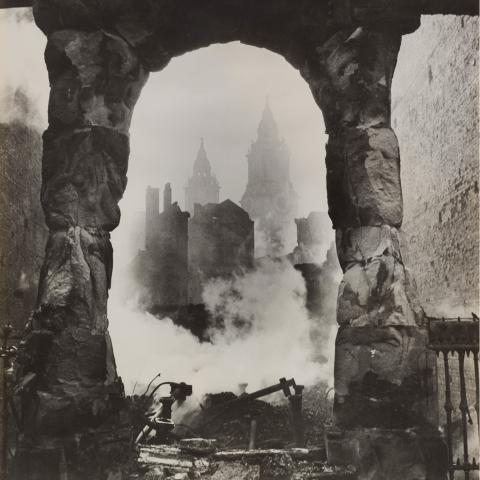
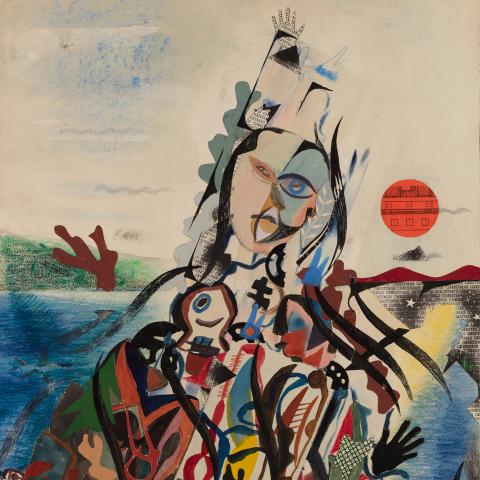
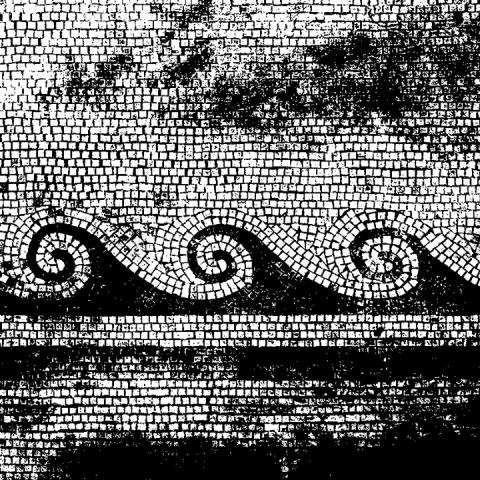
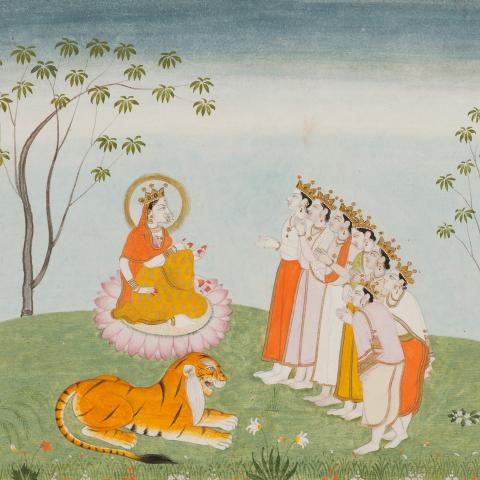
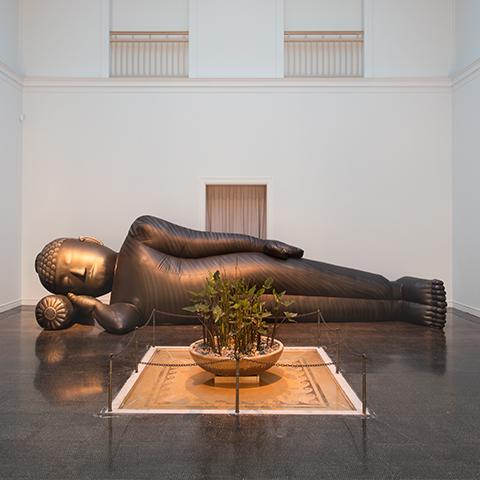
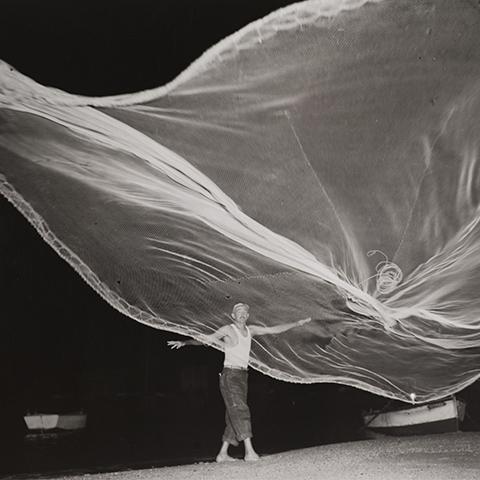
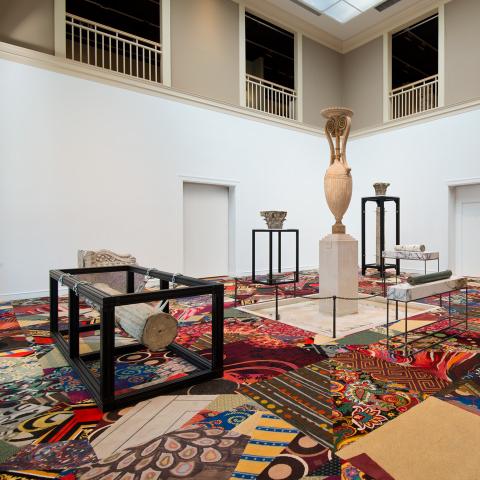

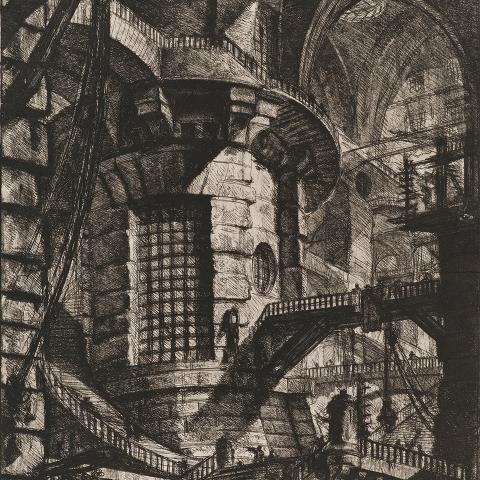
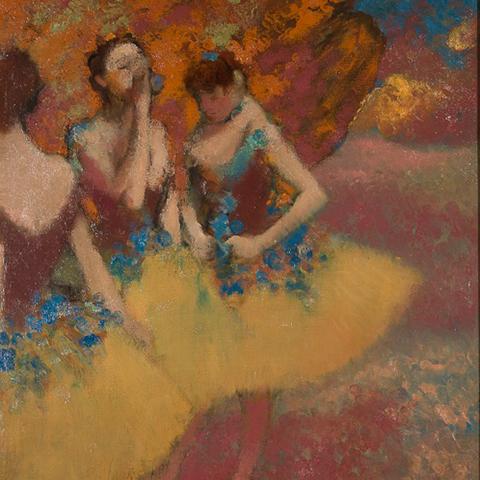
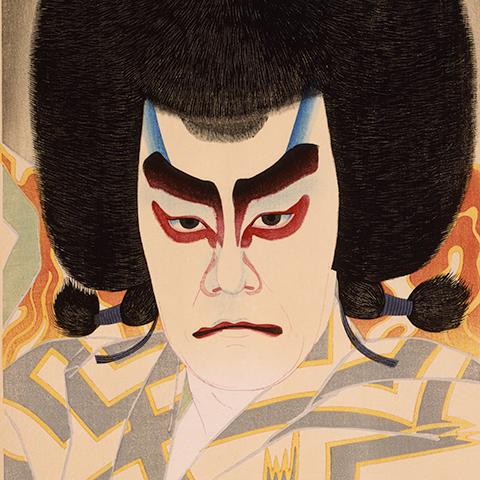
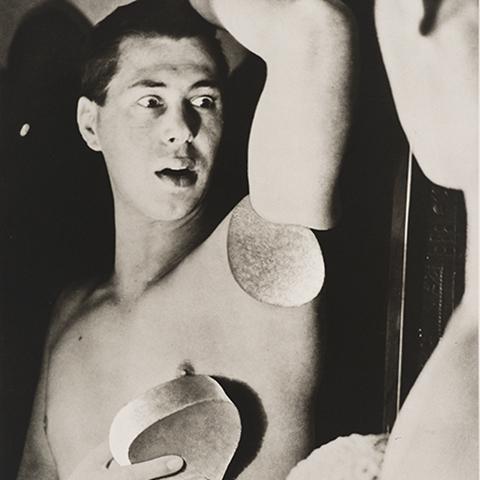

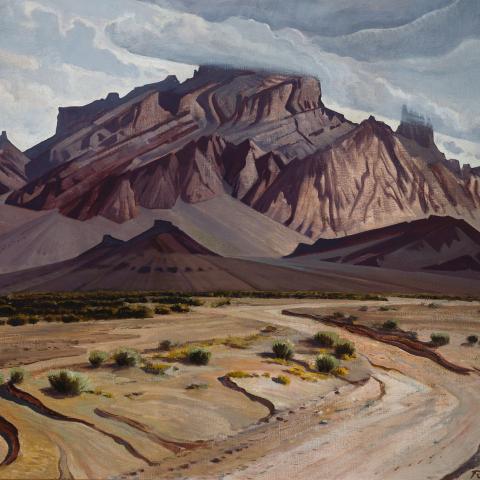
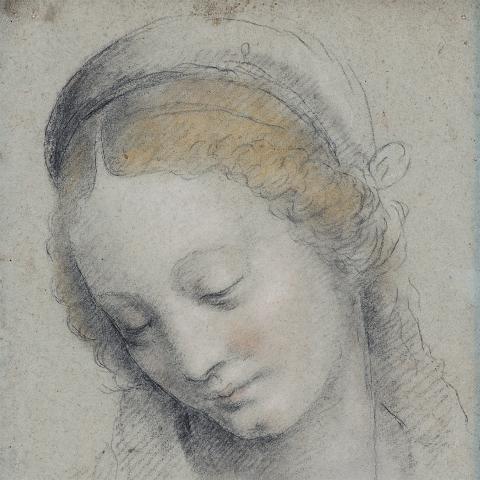
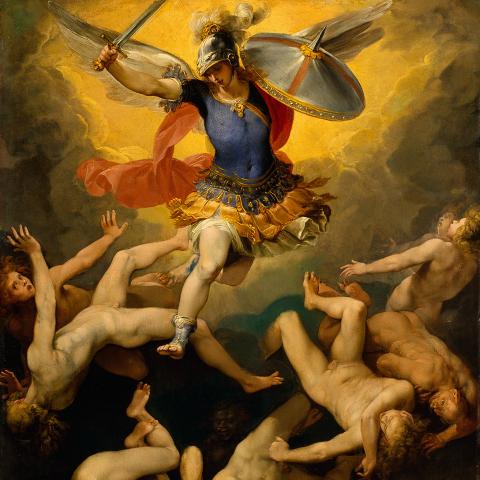
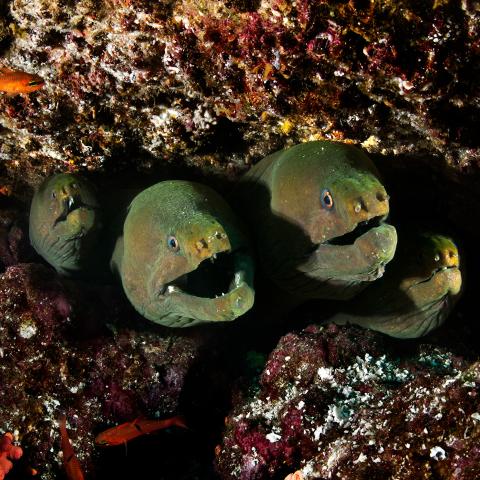
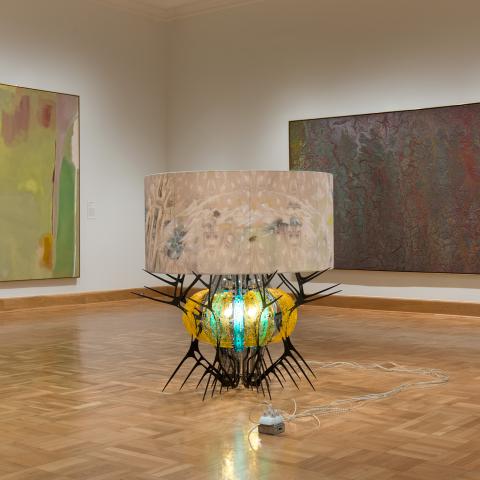
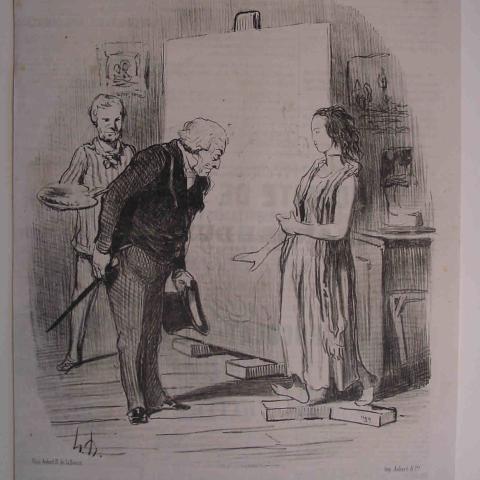
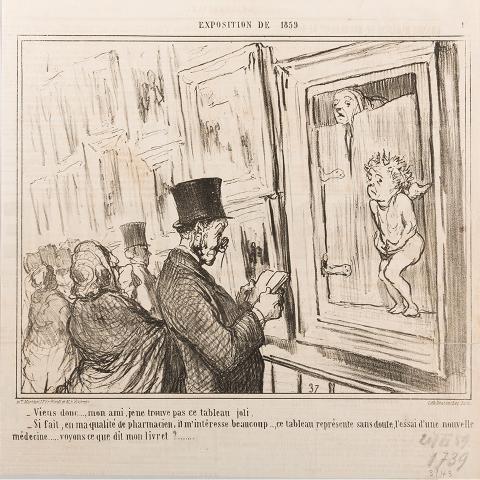
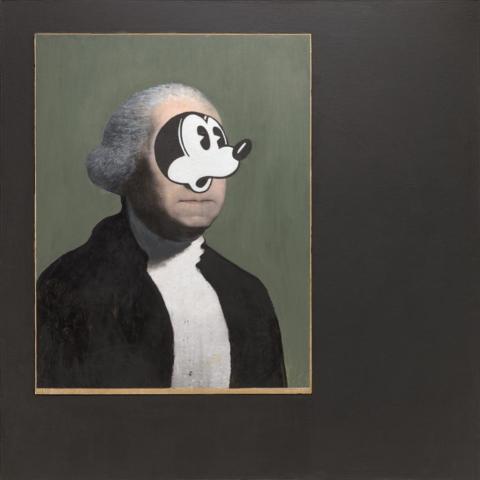

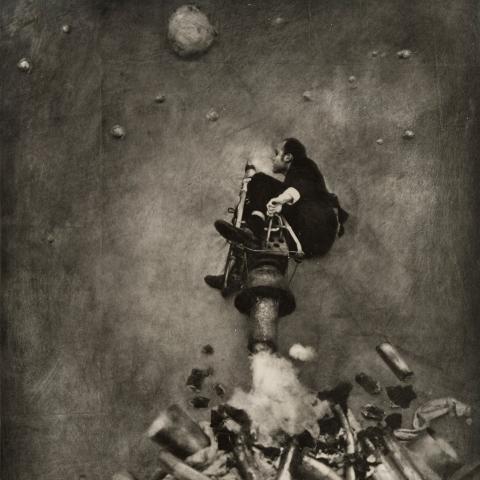
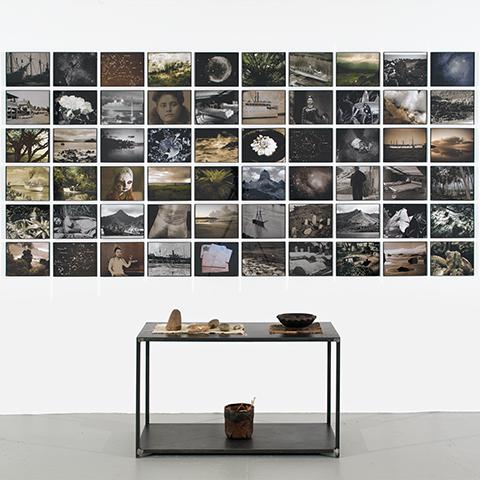
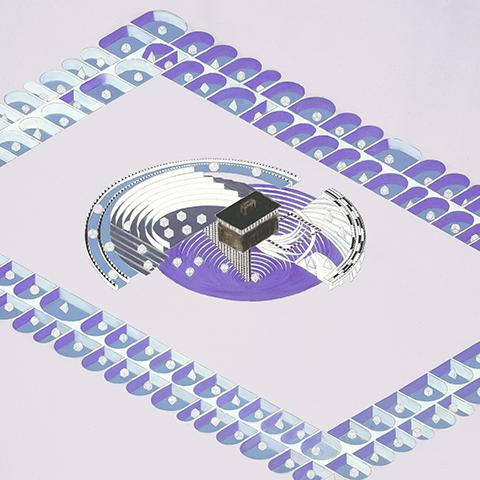
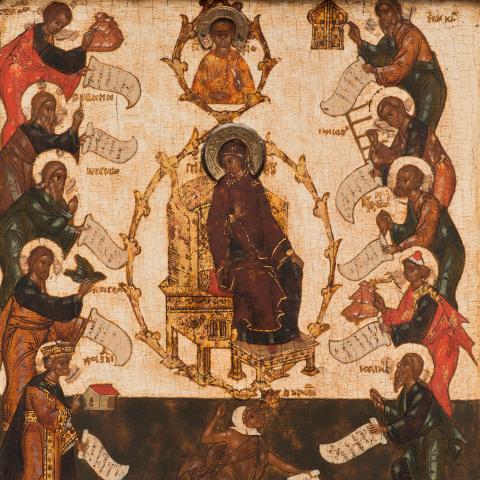
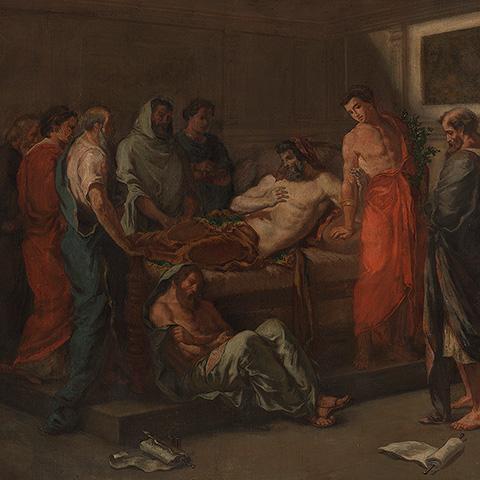
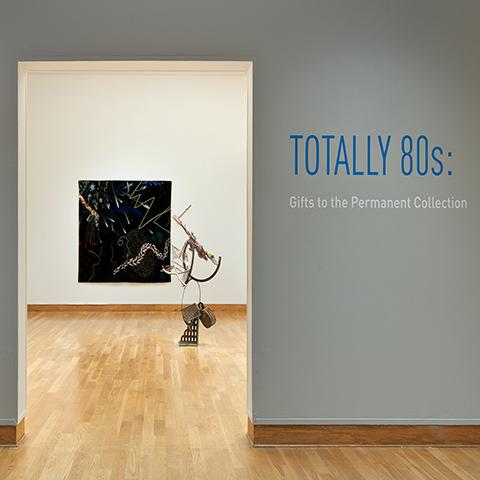
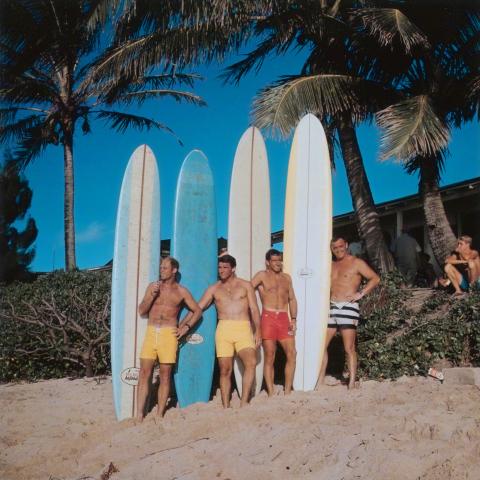

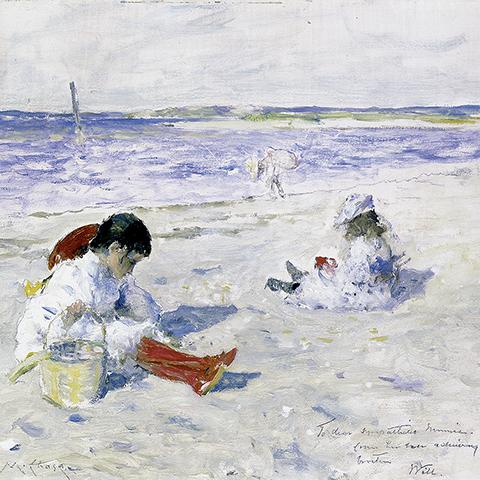
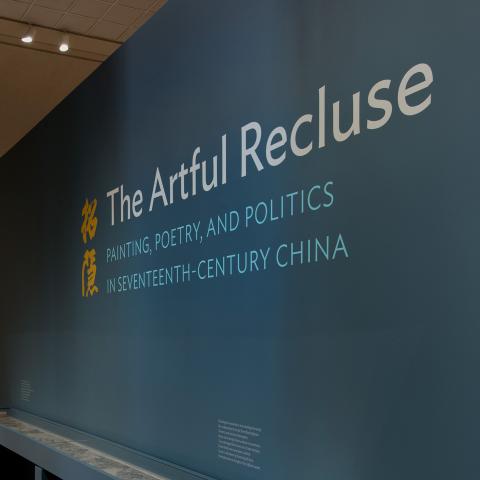
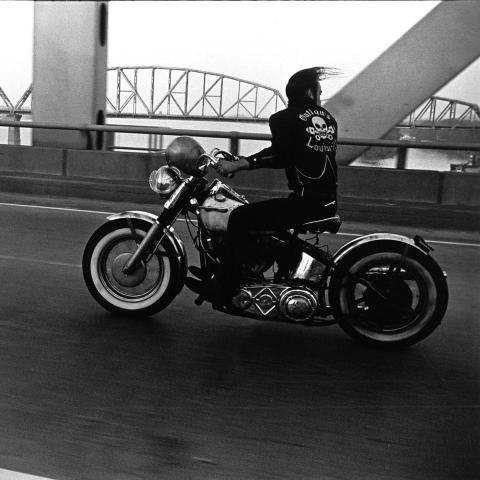
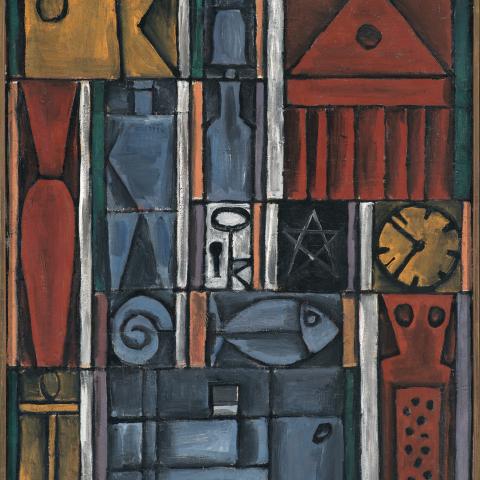
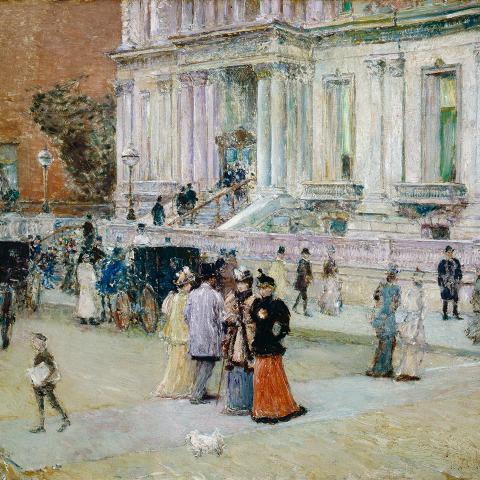
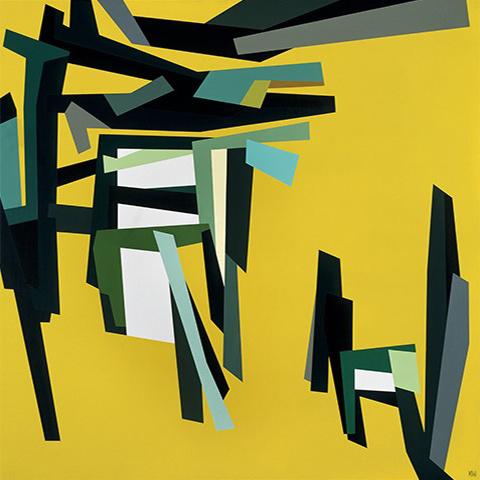
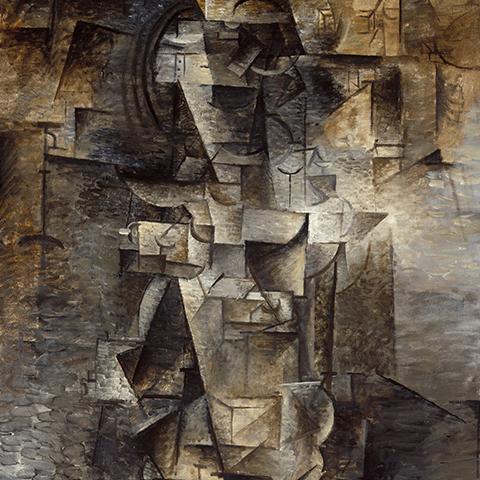

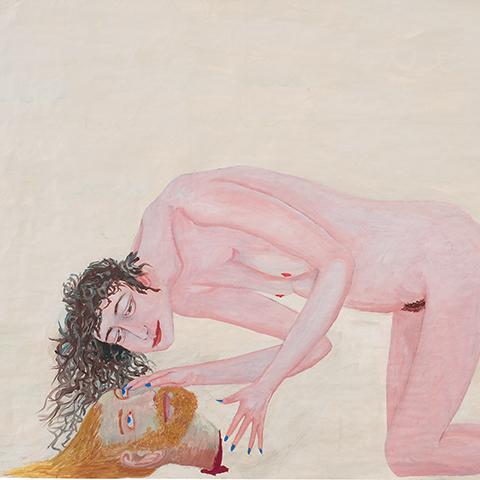
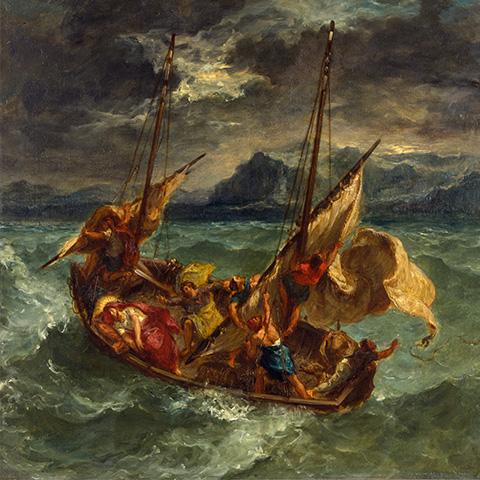
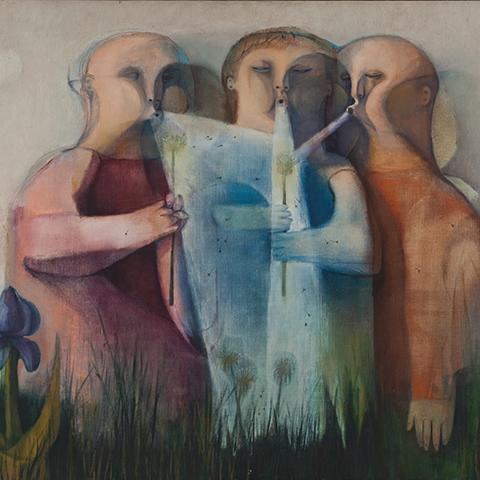
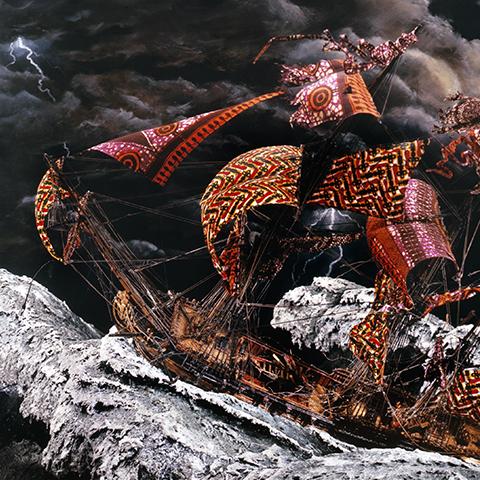
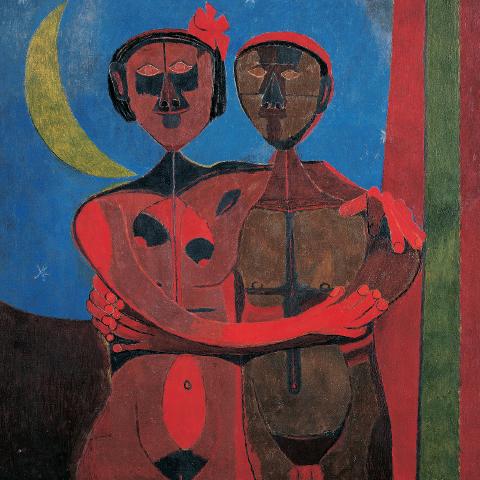
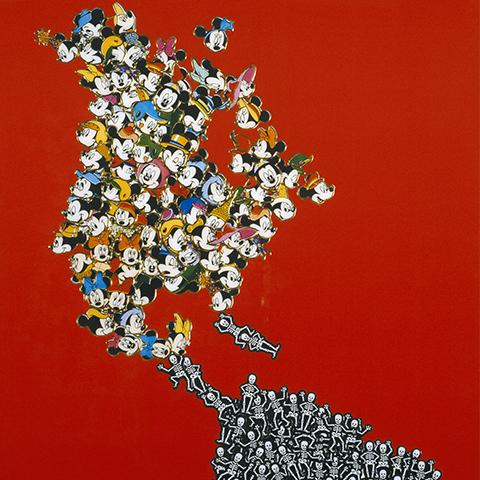
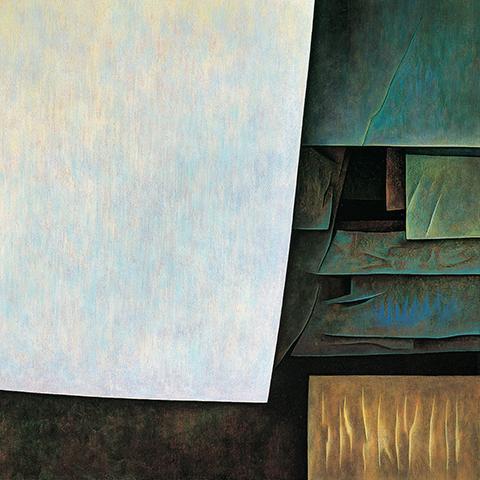
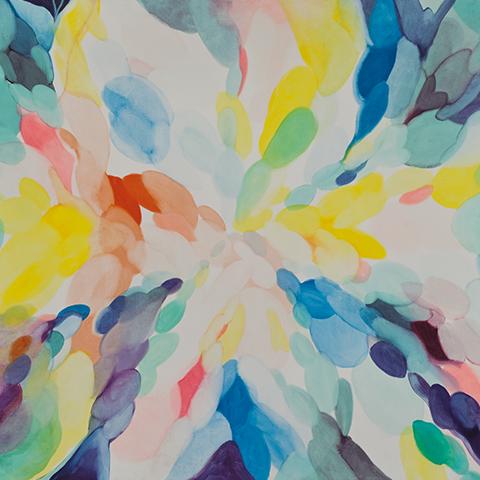

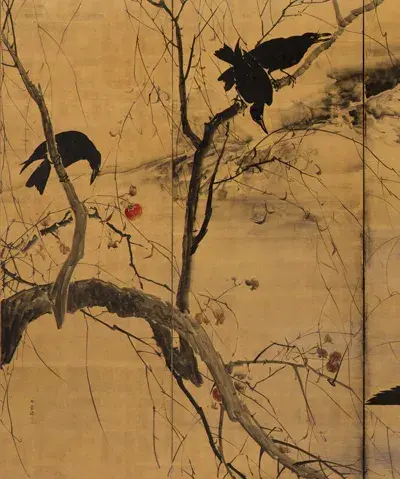

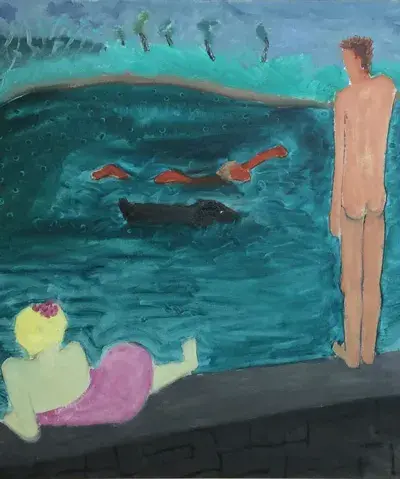
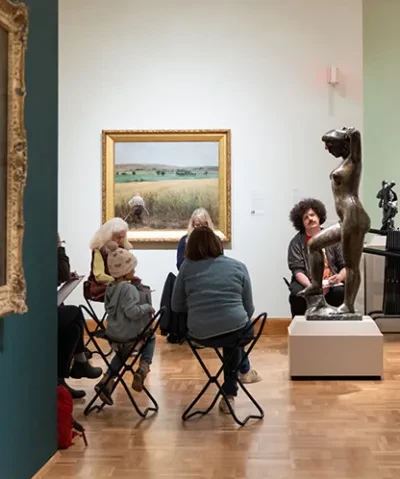
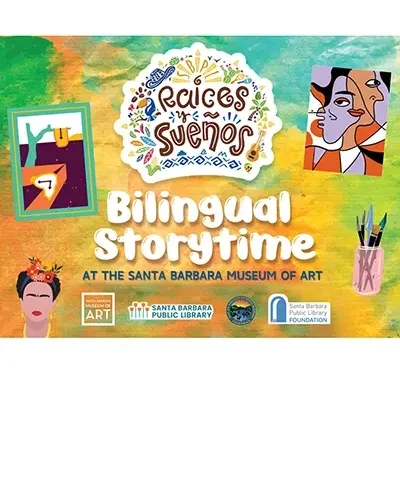
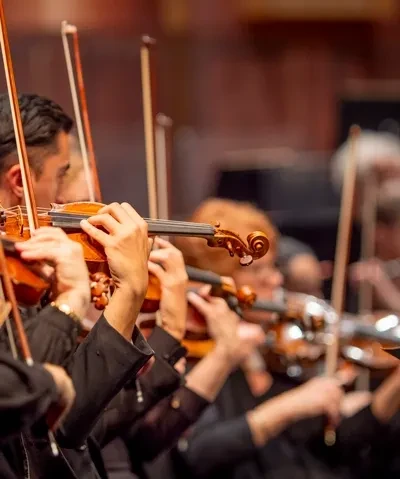
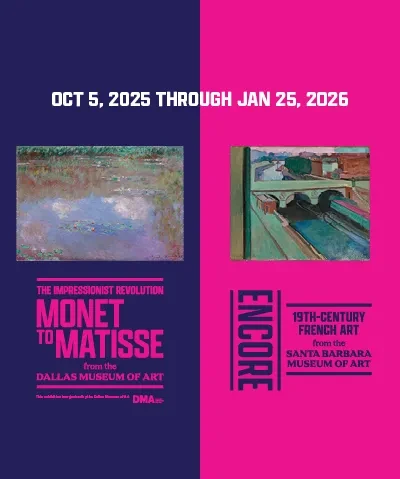
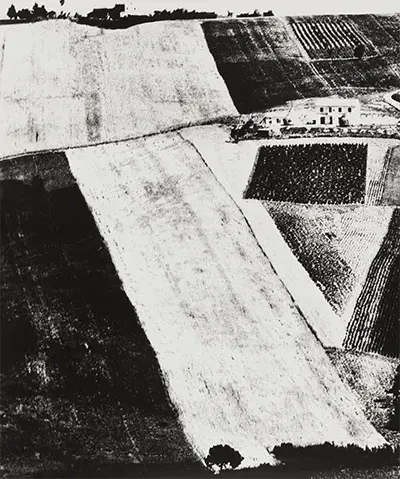
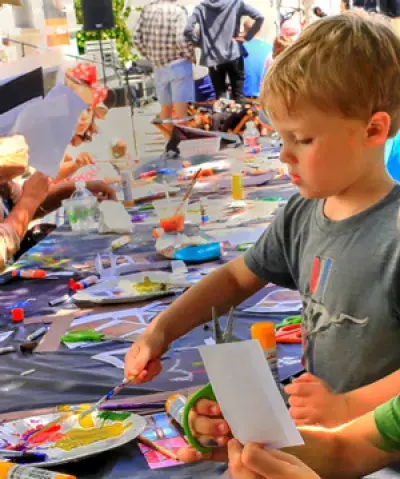

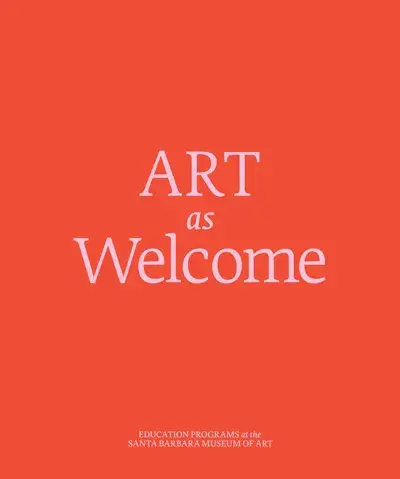
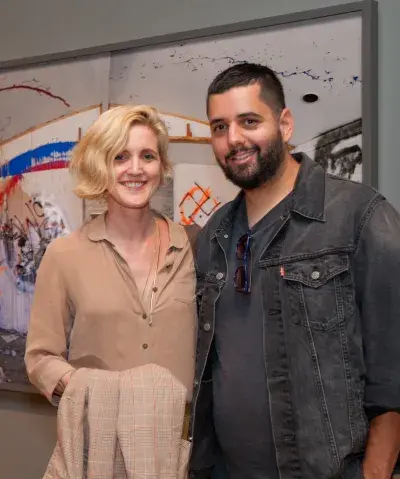
![memberseve[1]](https://www.sbma.net/sites/default/files/styles/menu_thumbnail_400_480/public/menu/memberseve%5B1%5D.jpg.webp?itok=hIz01lpc)
